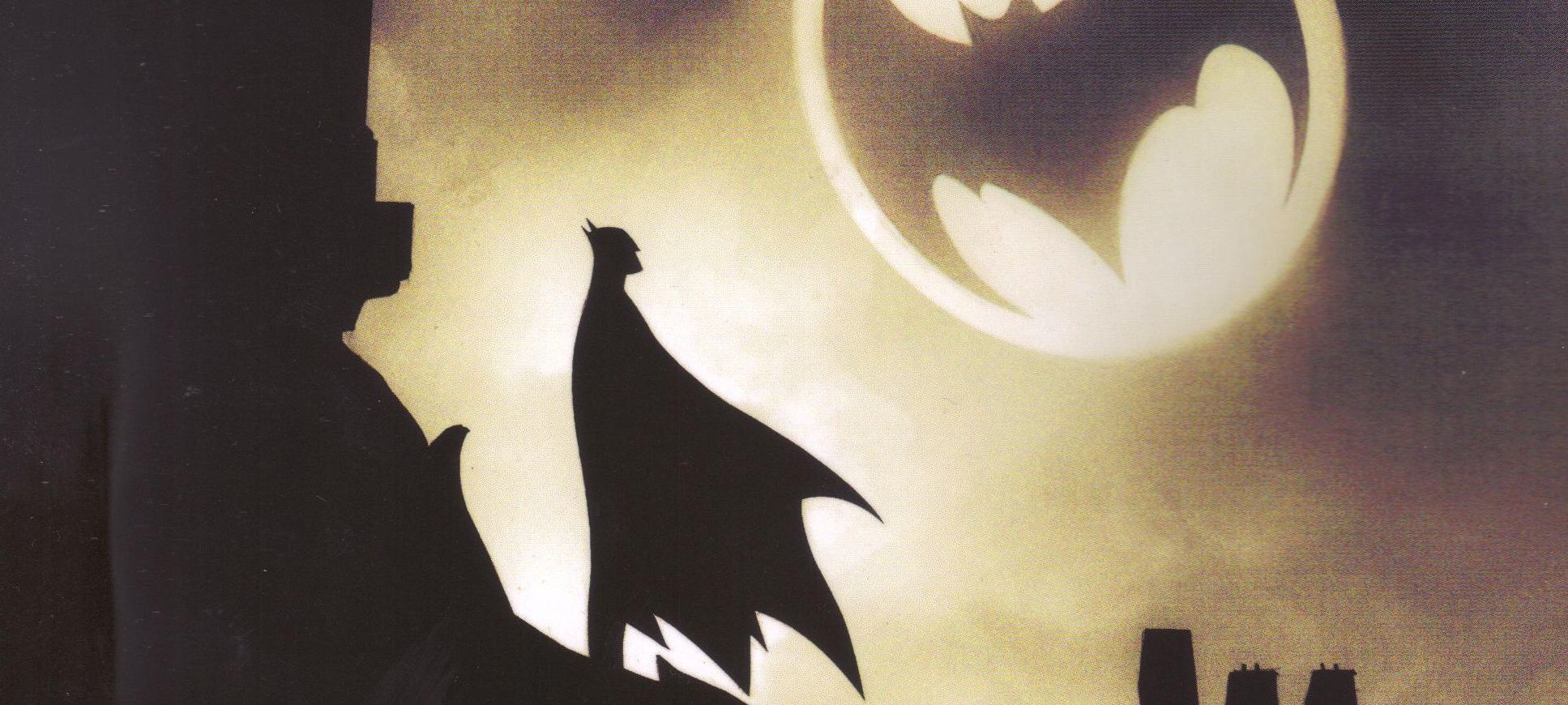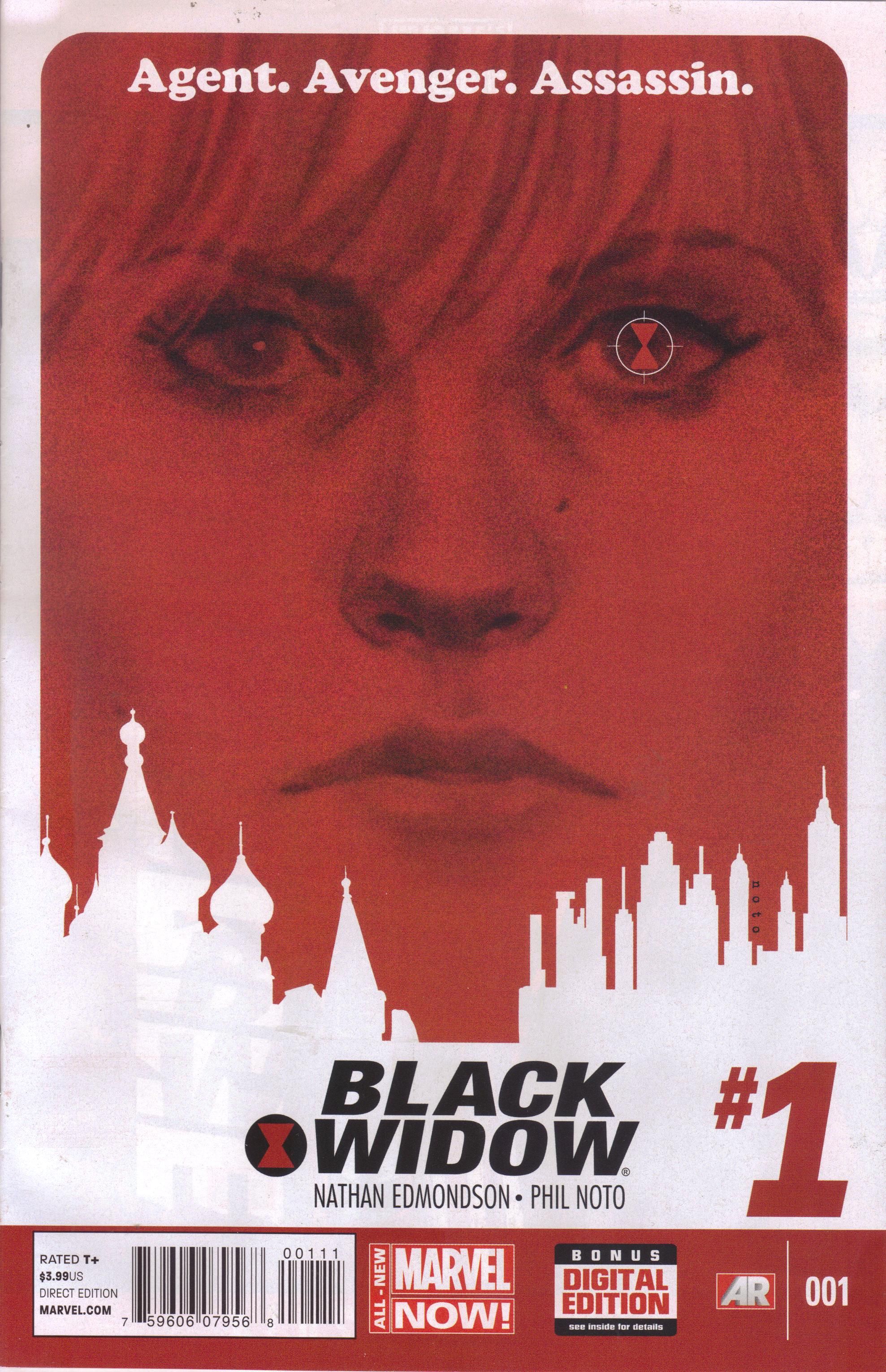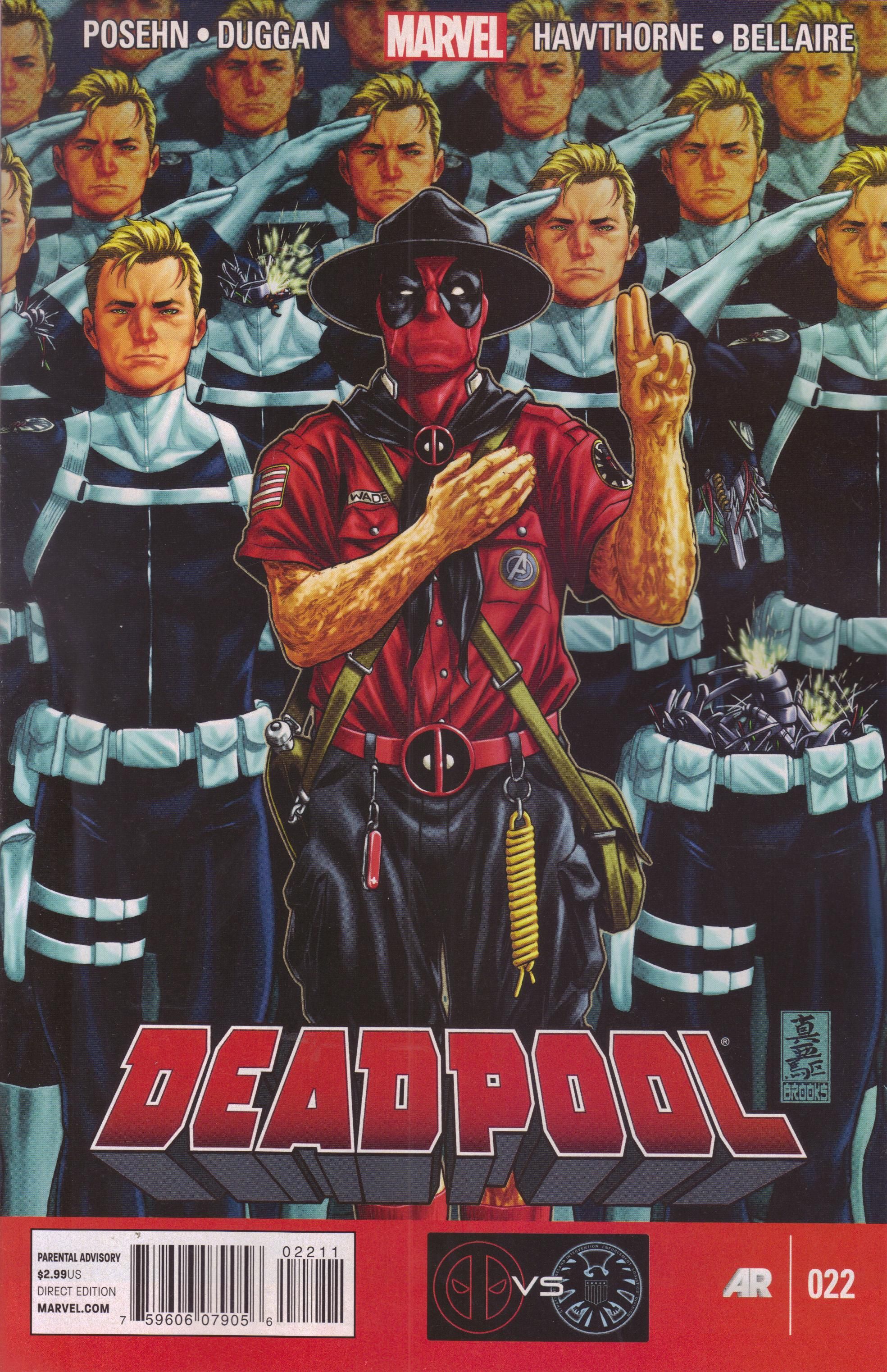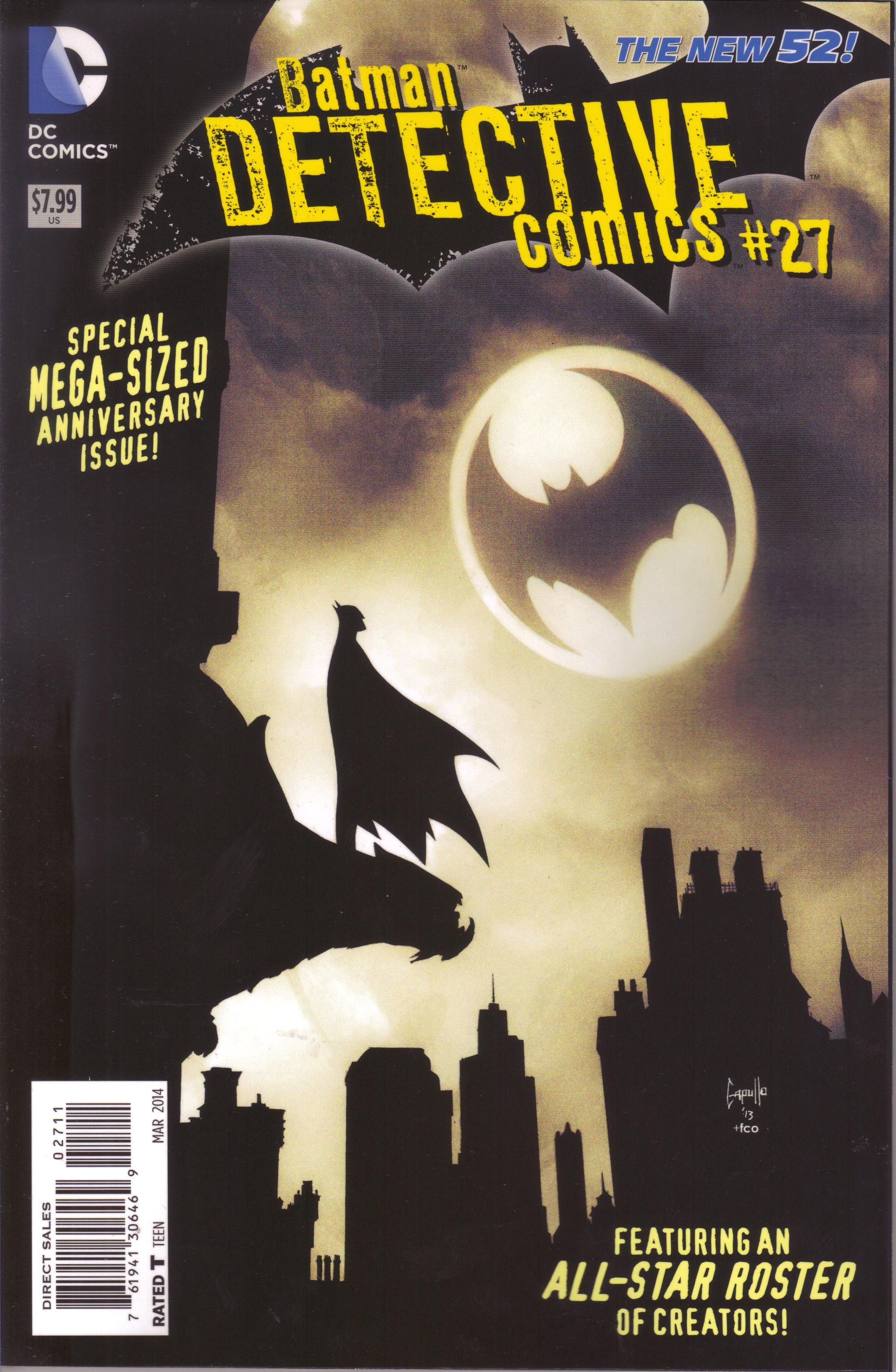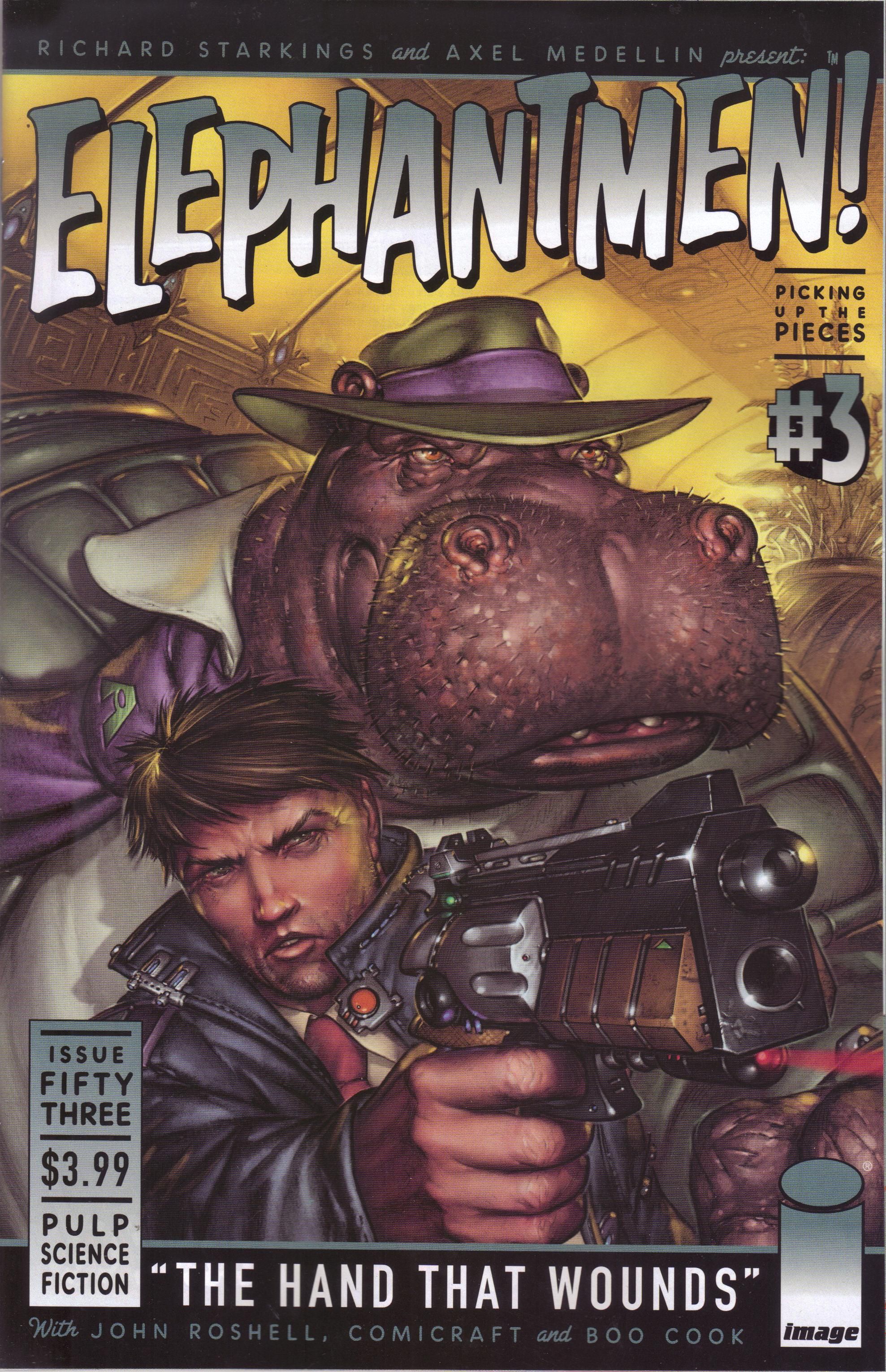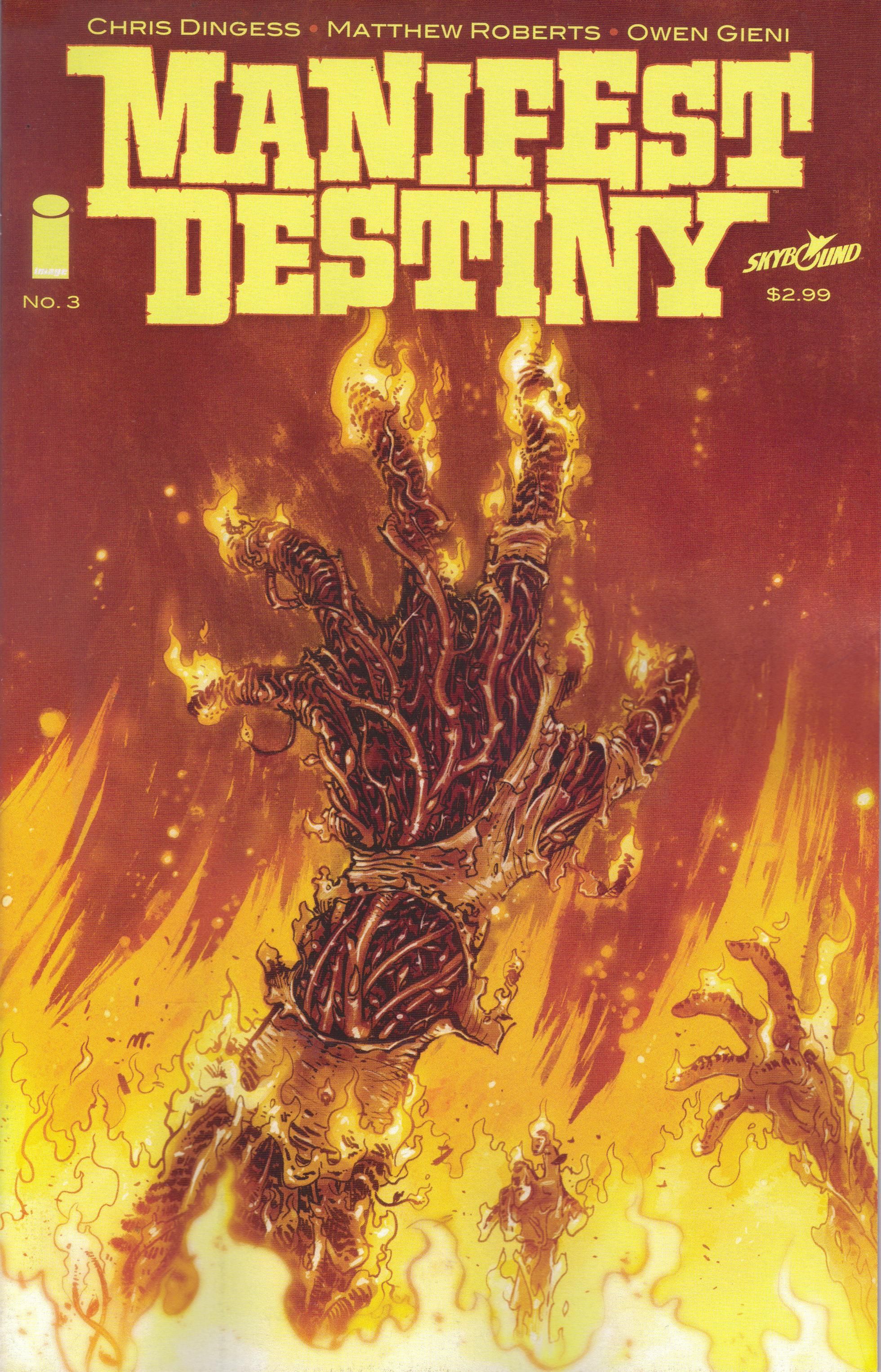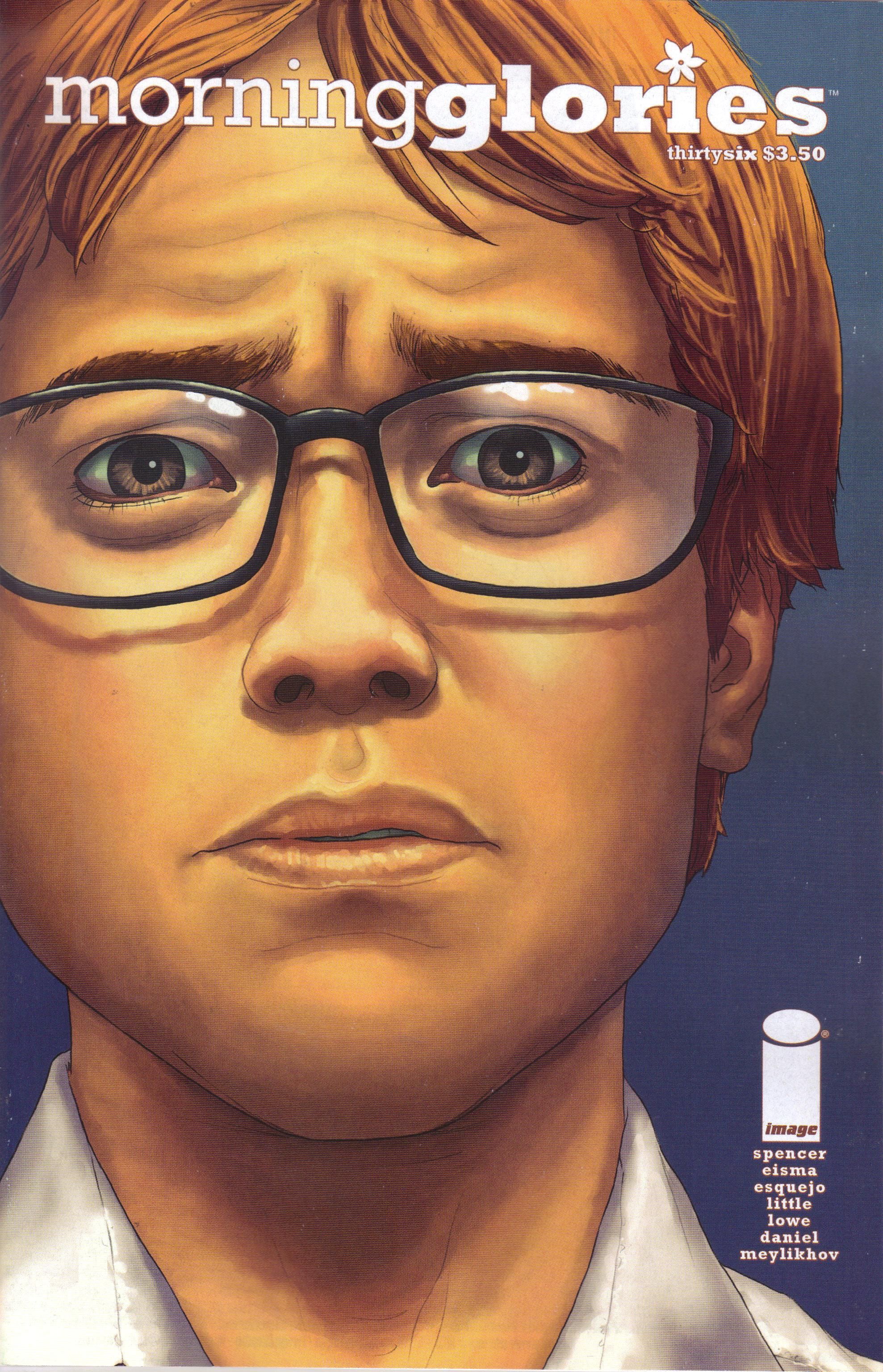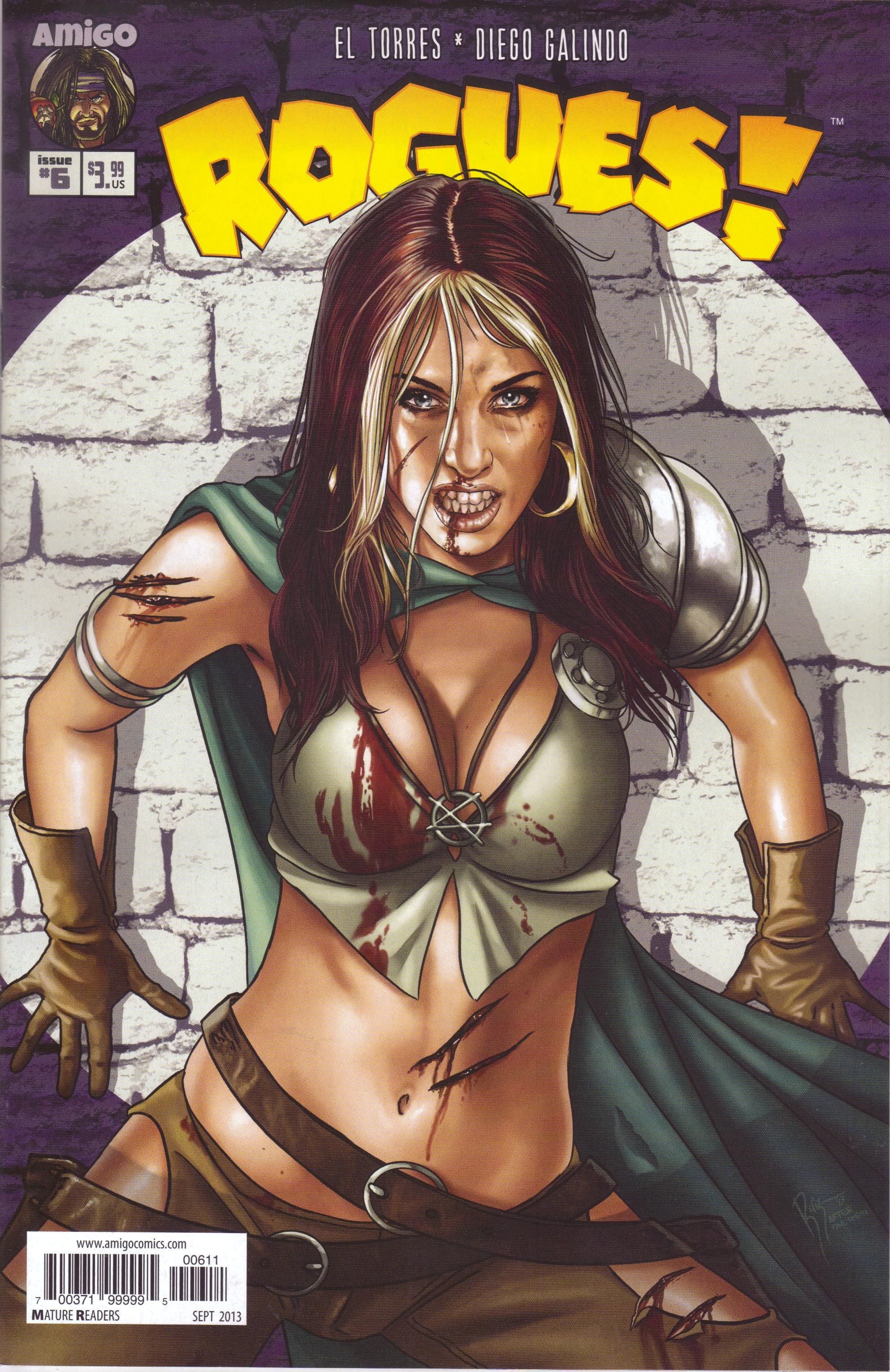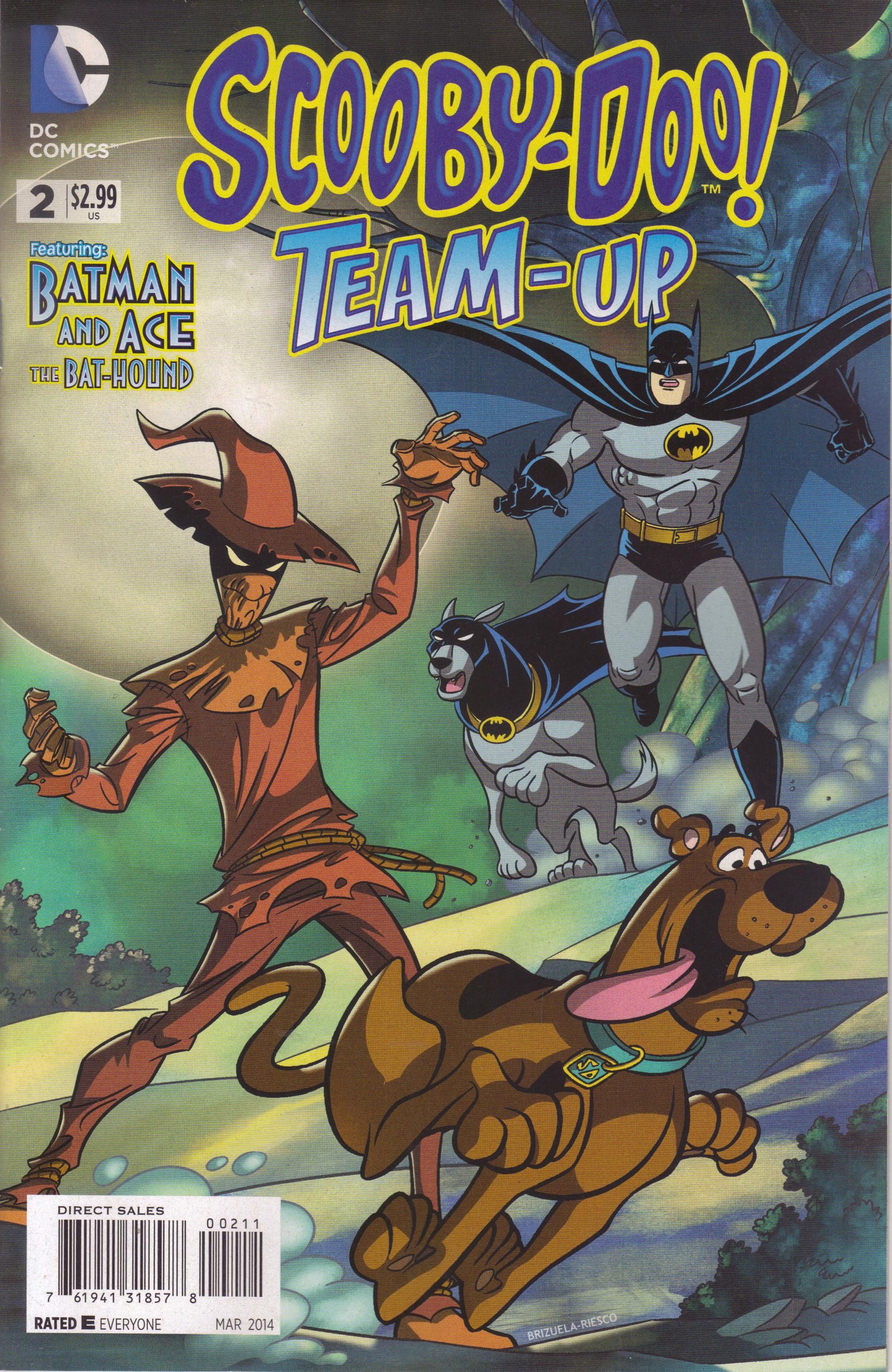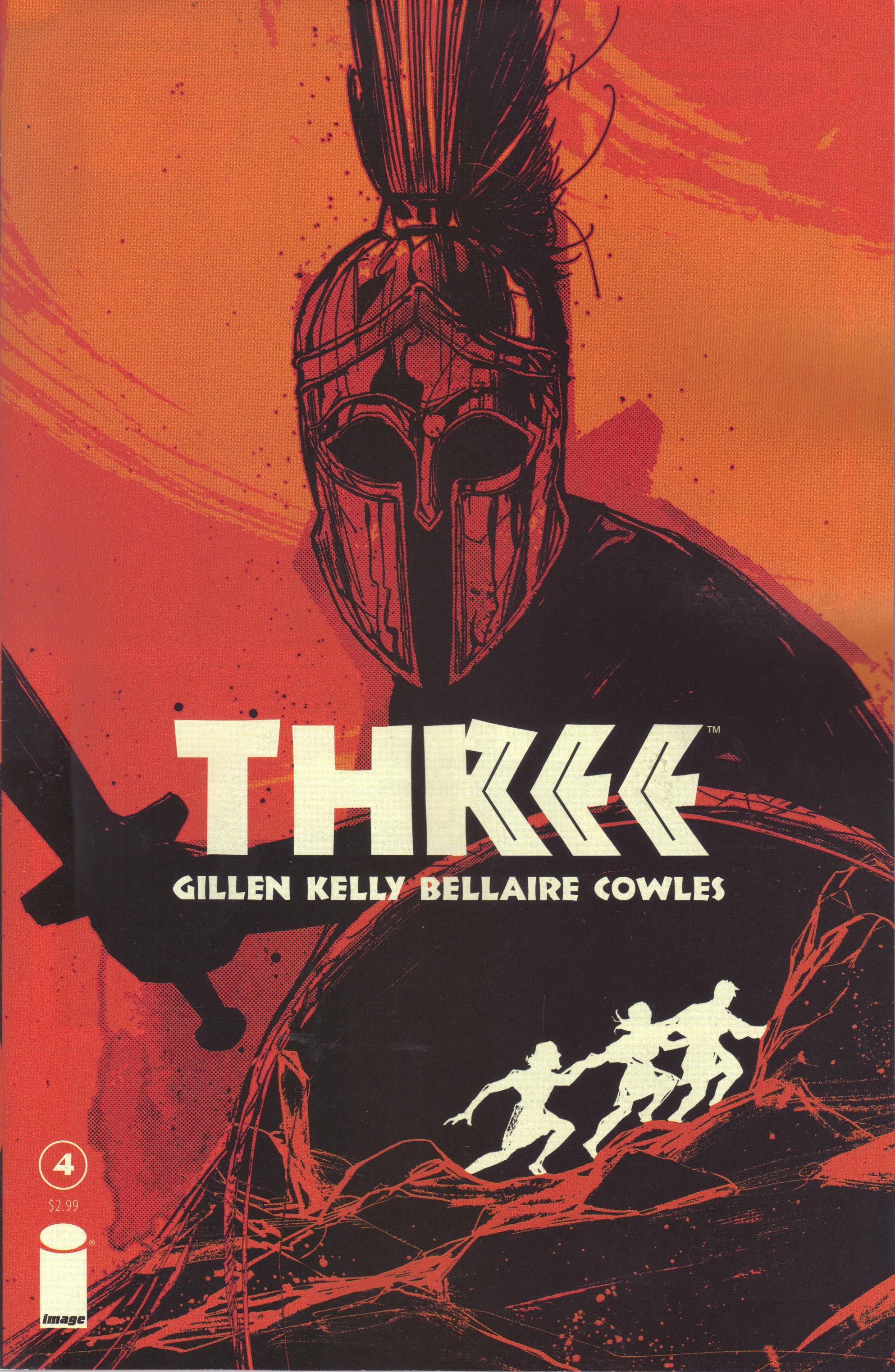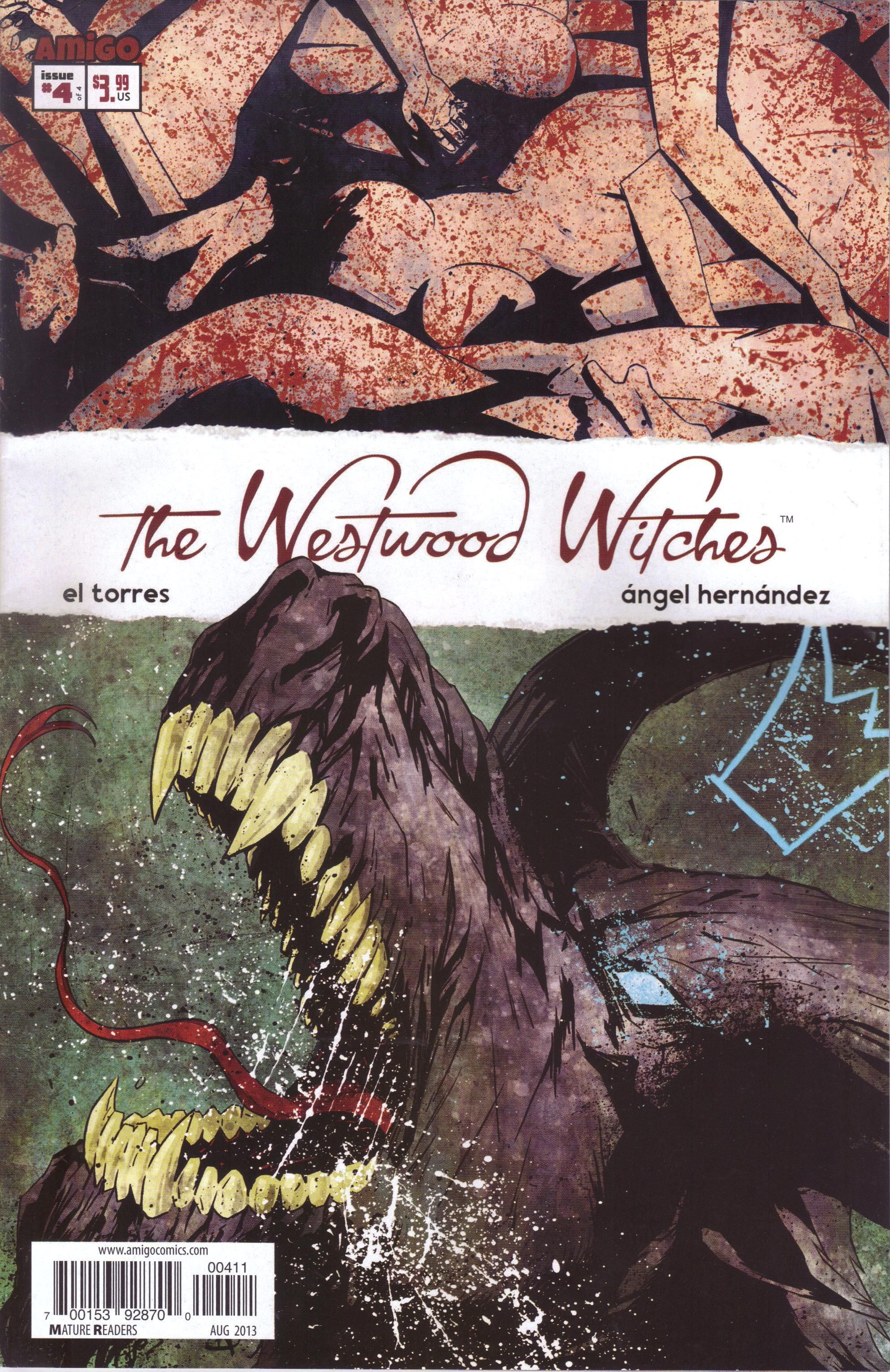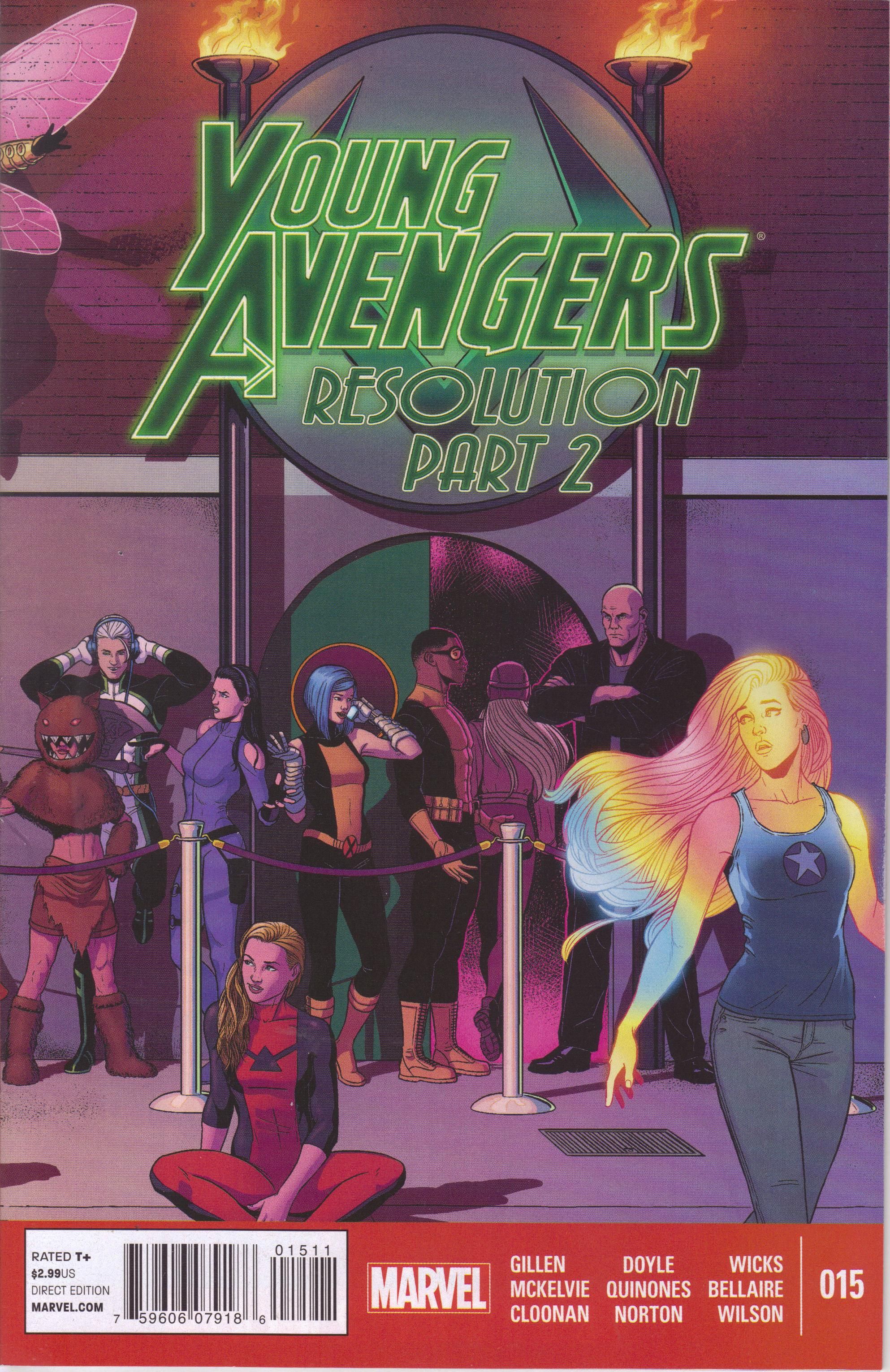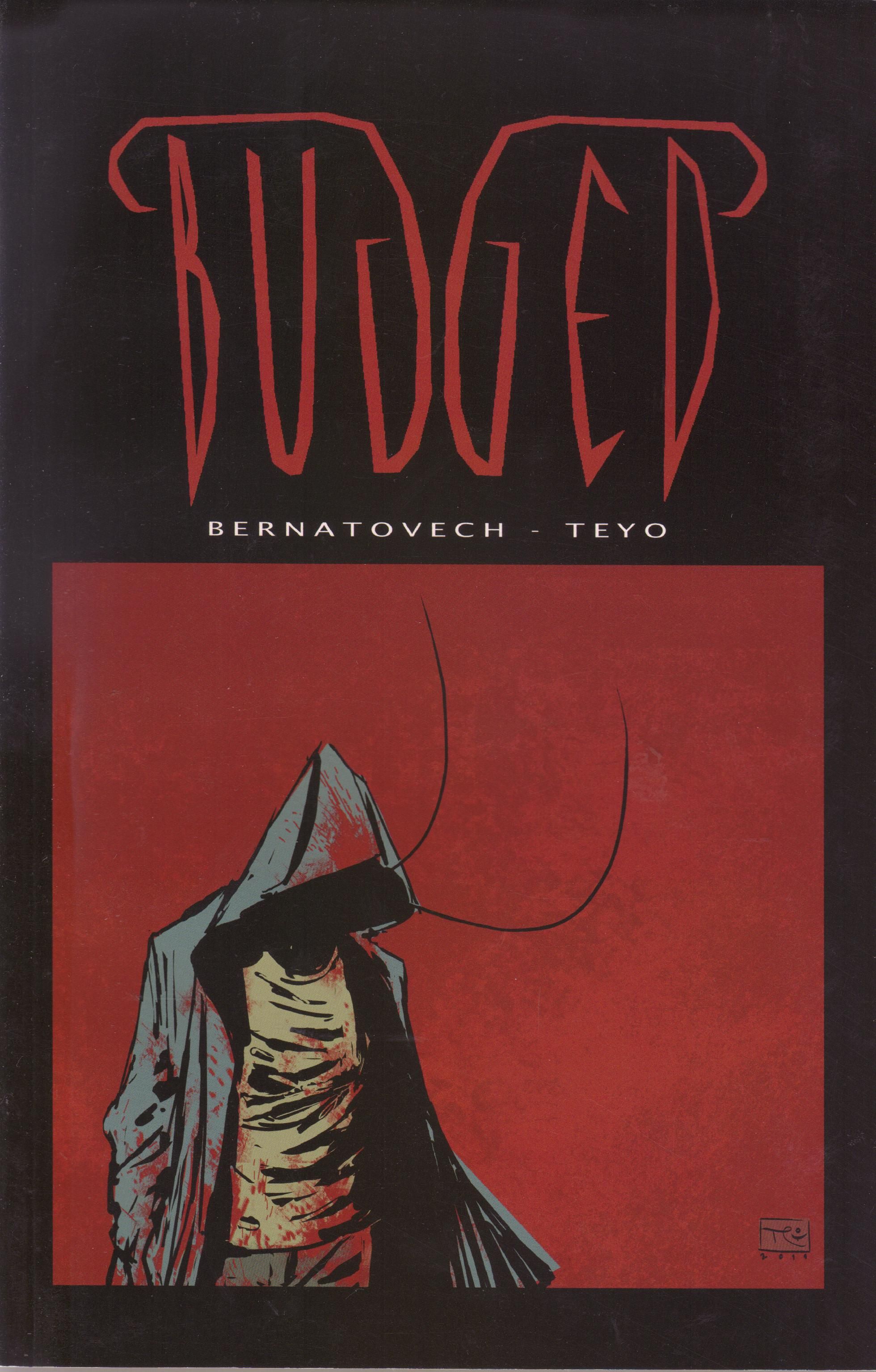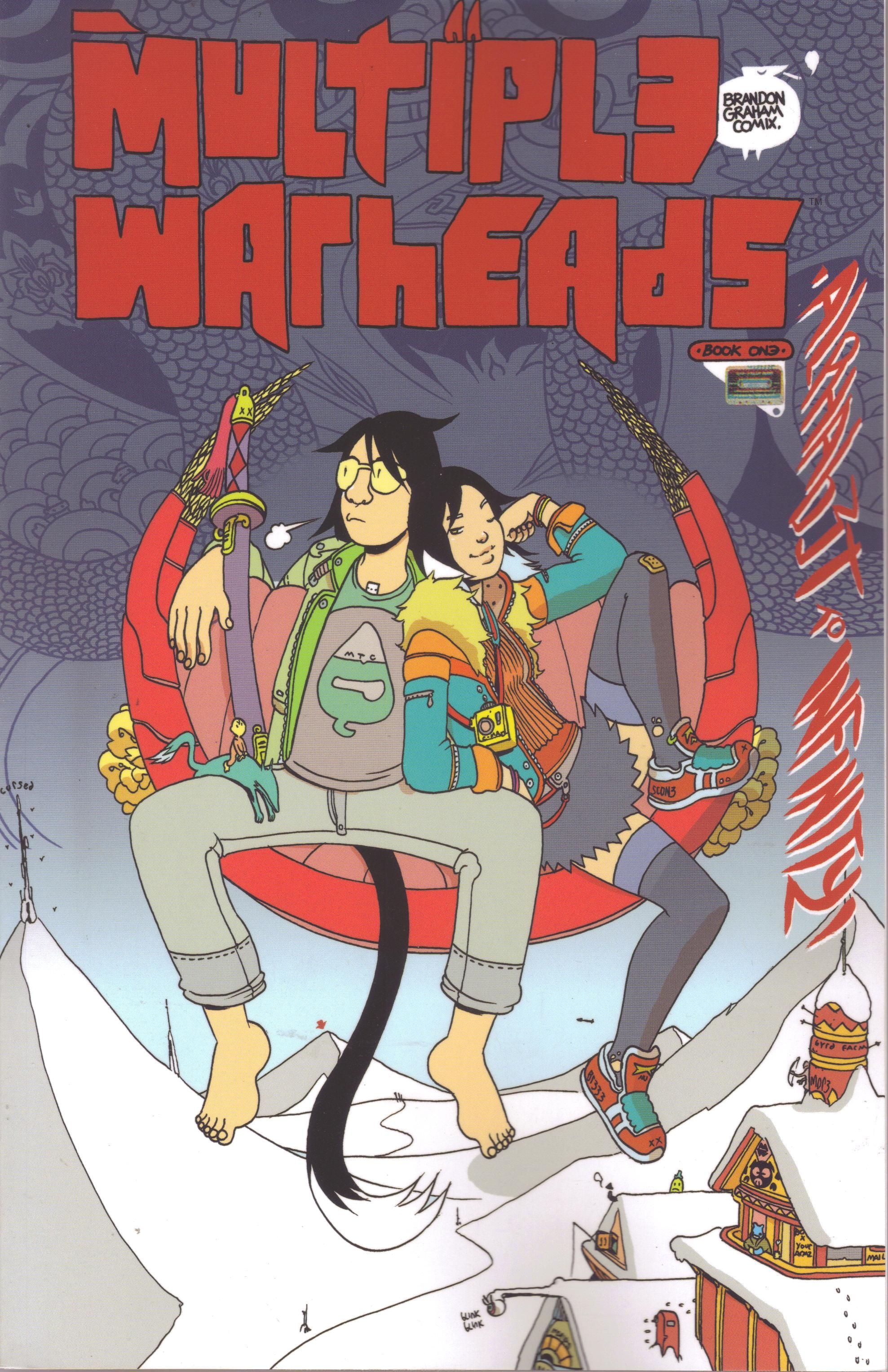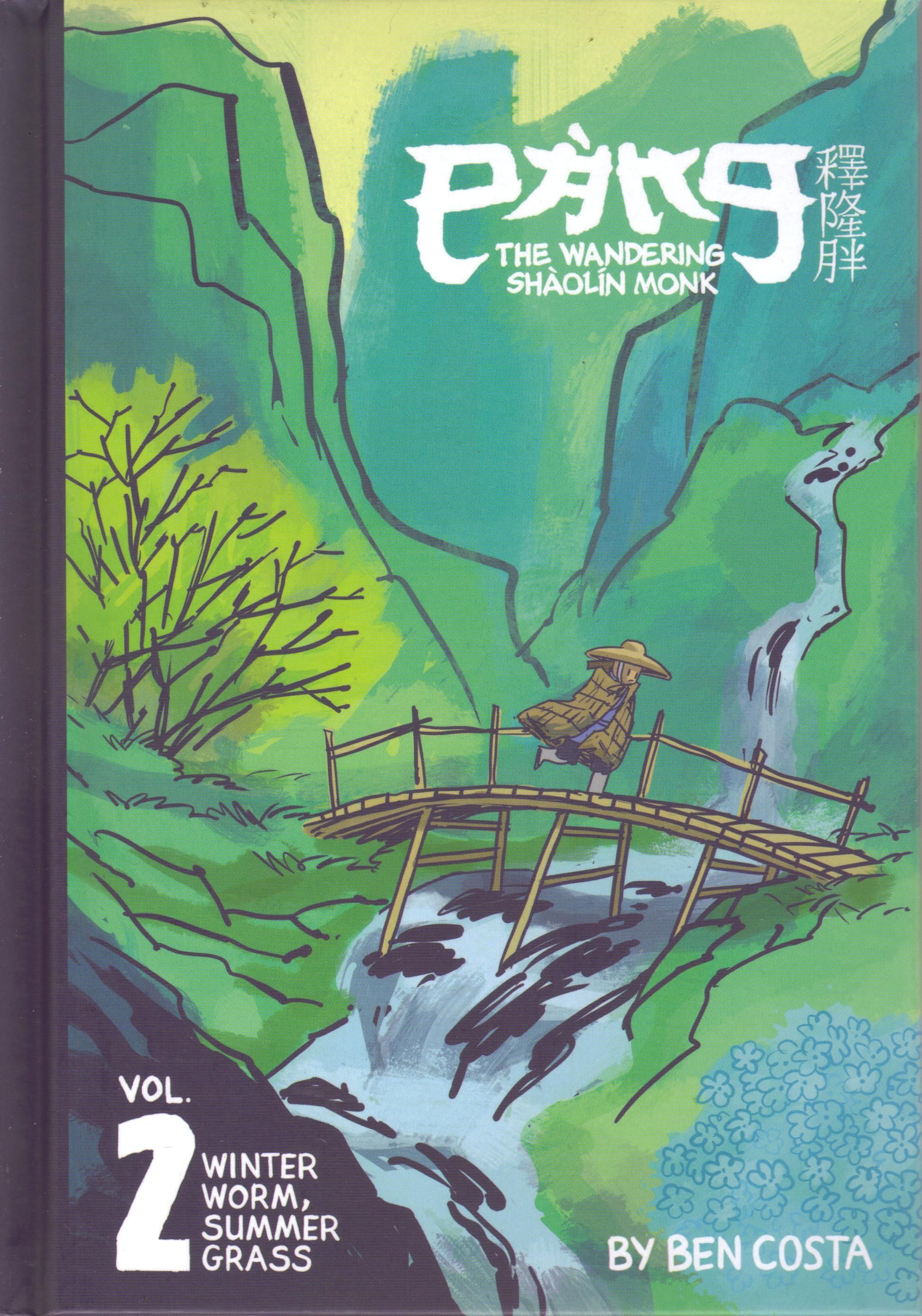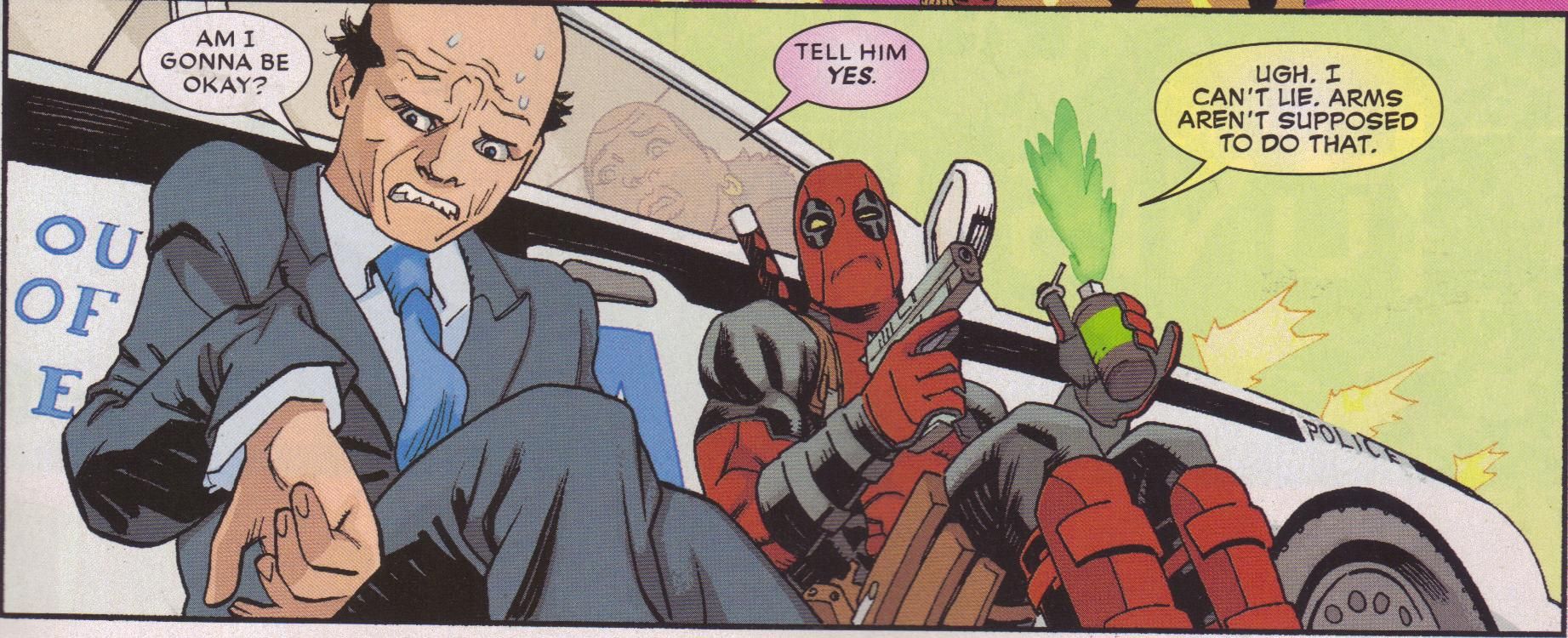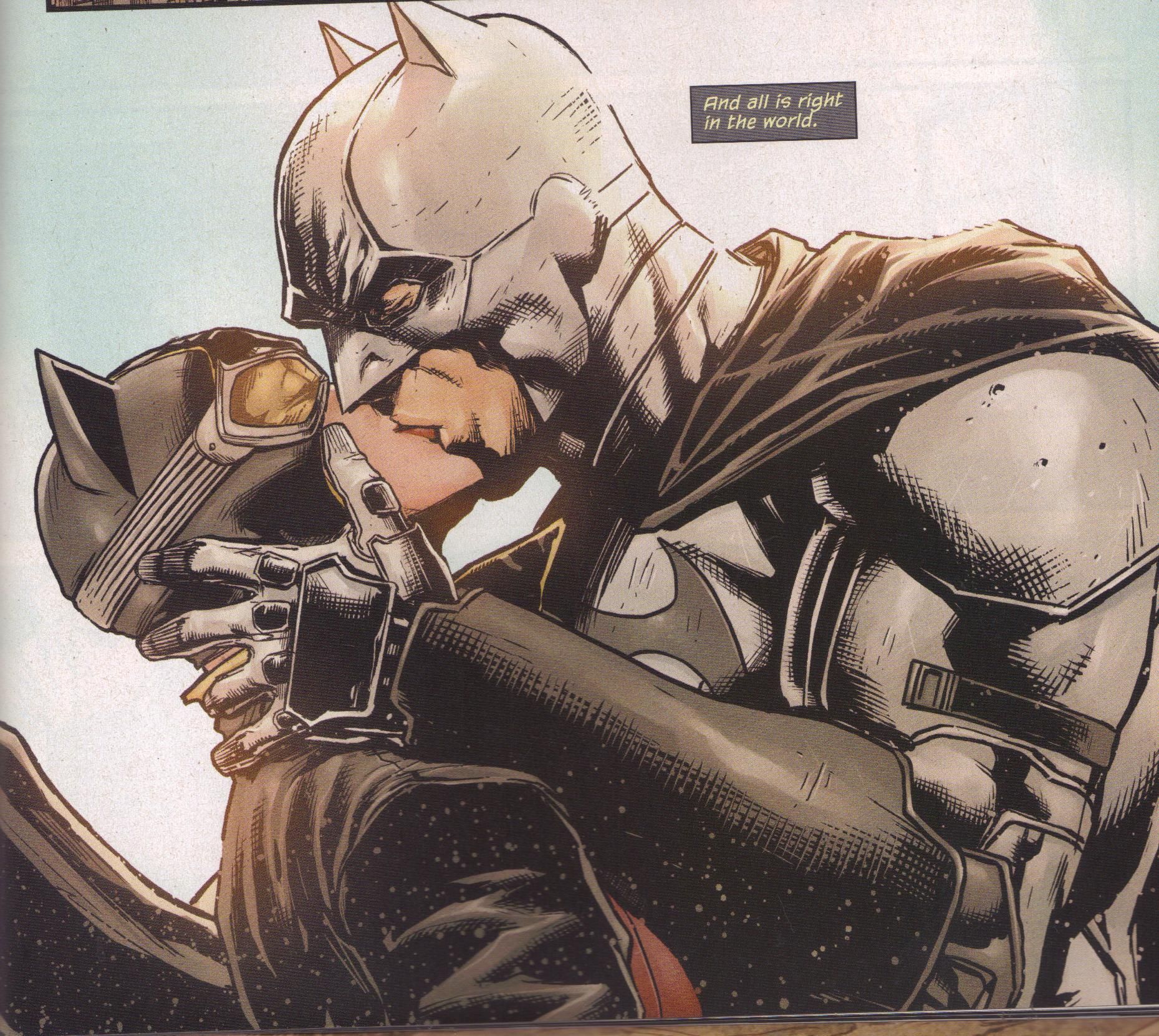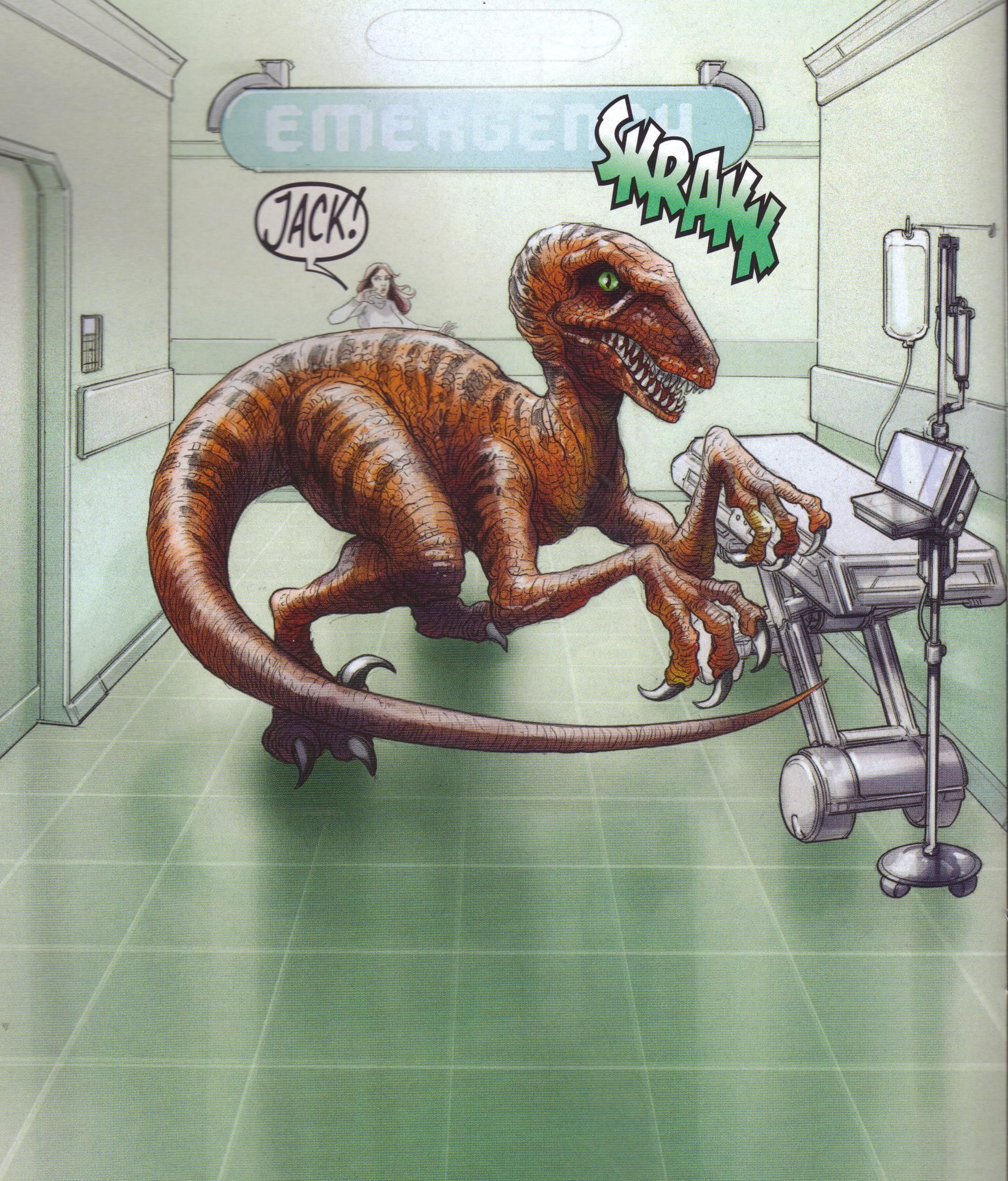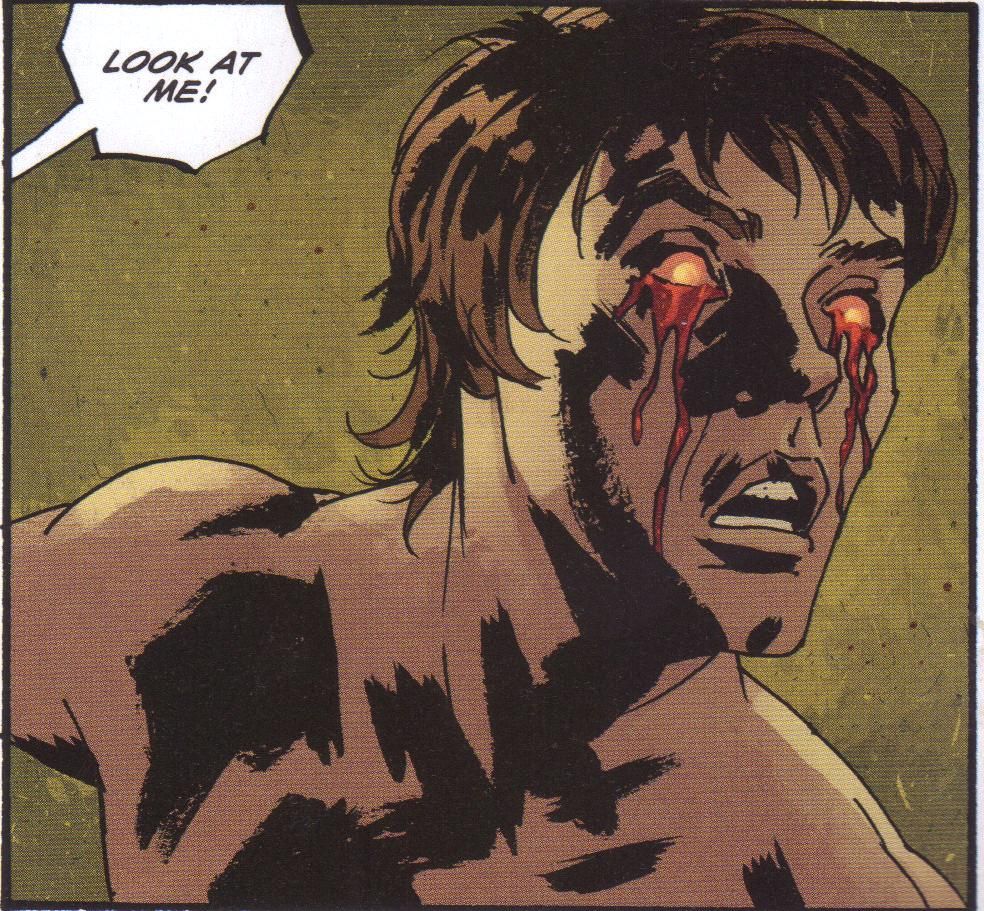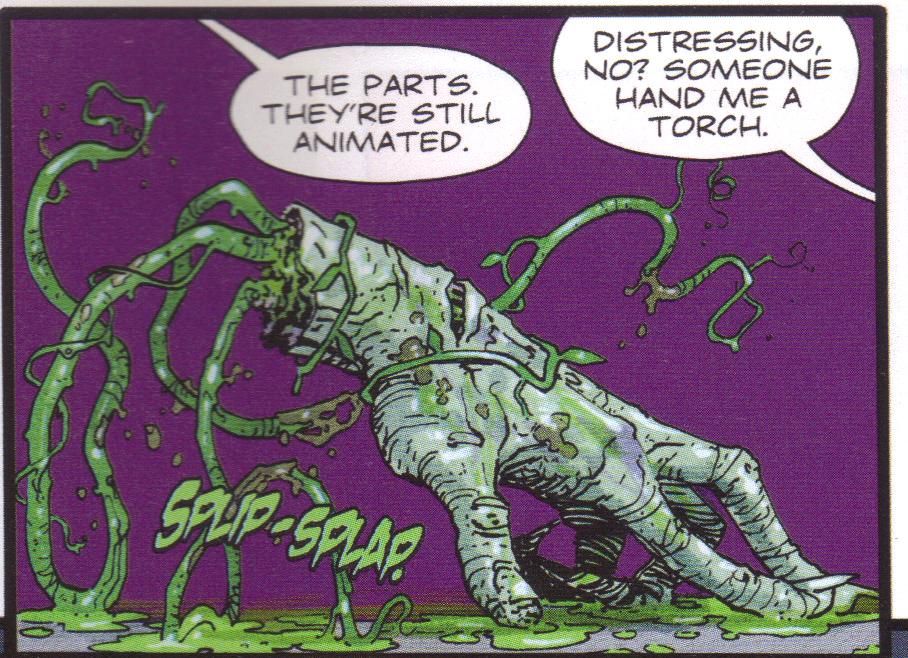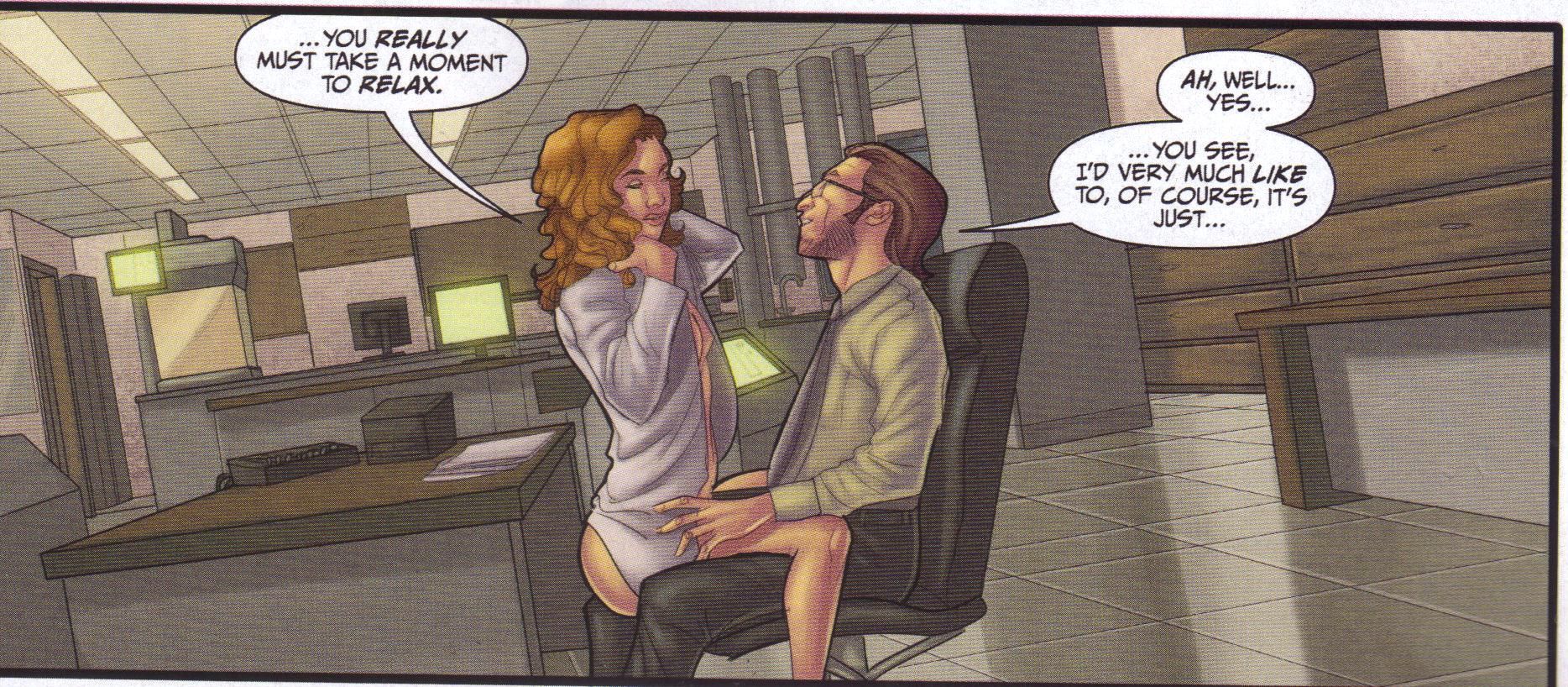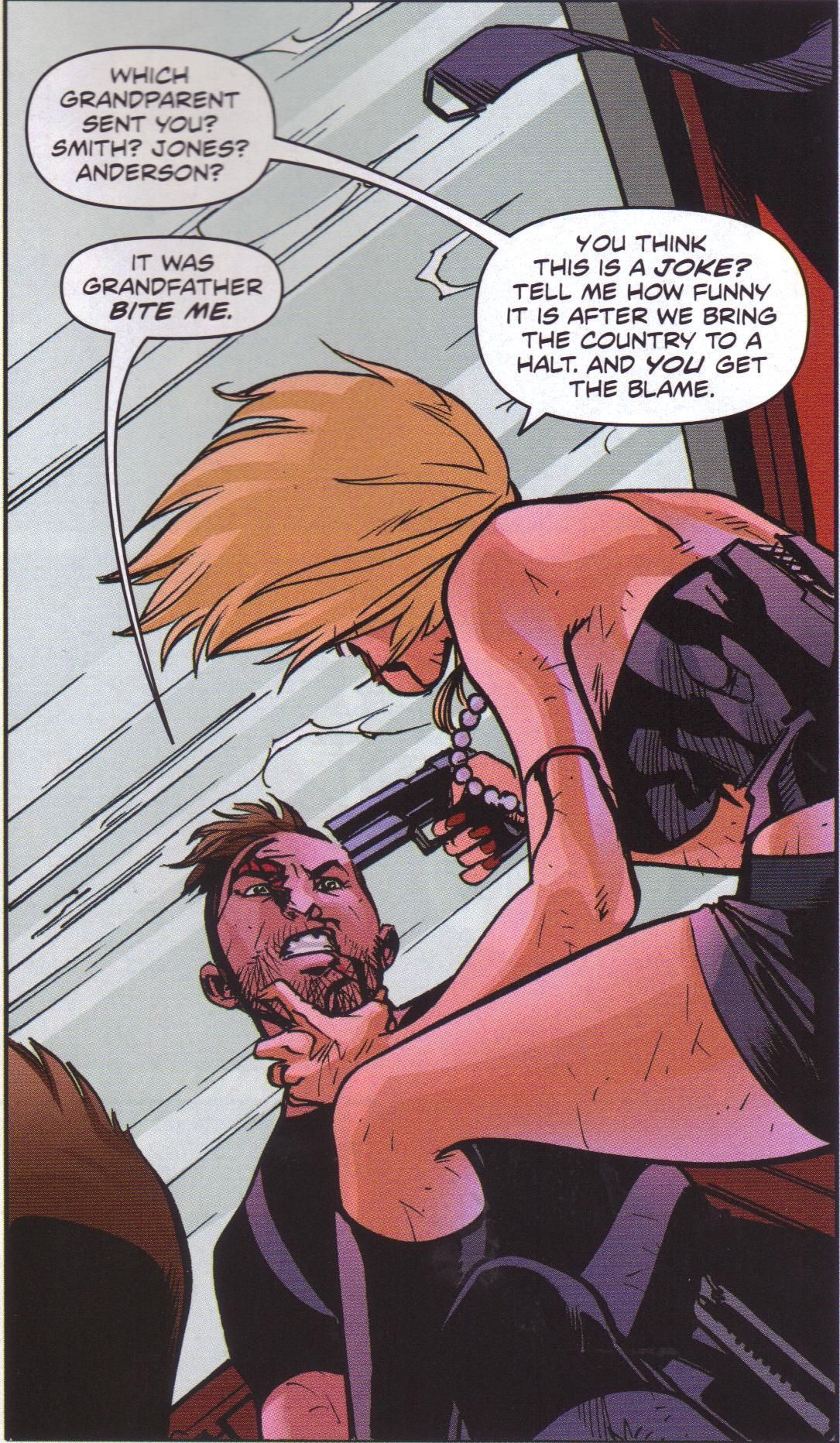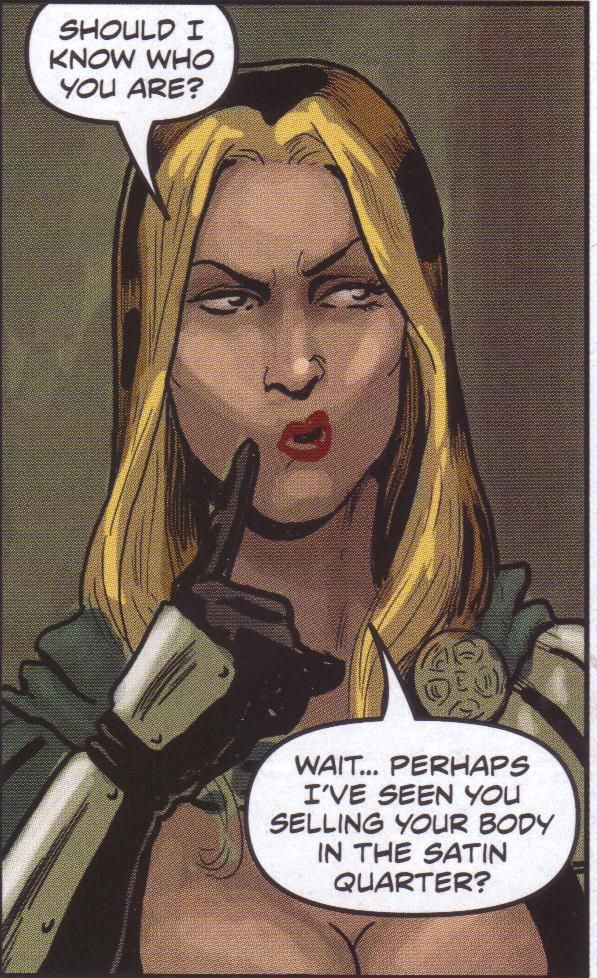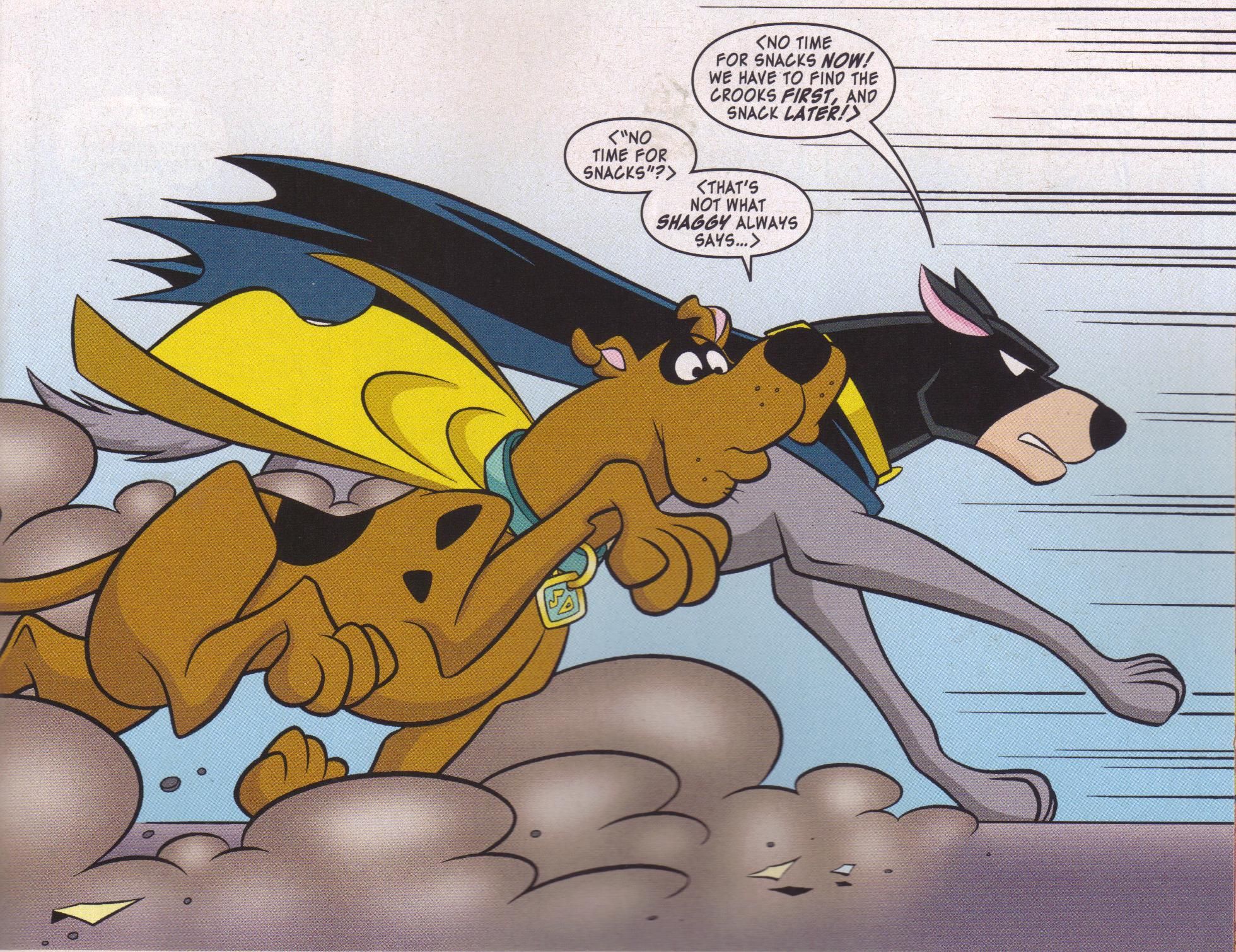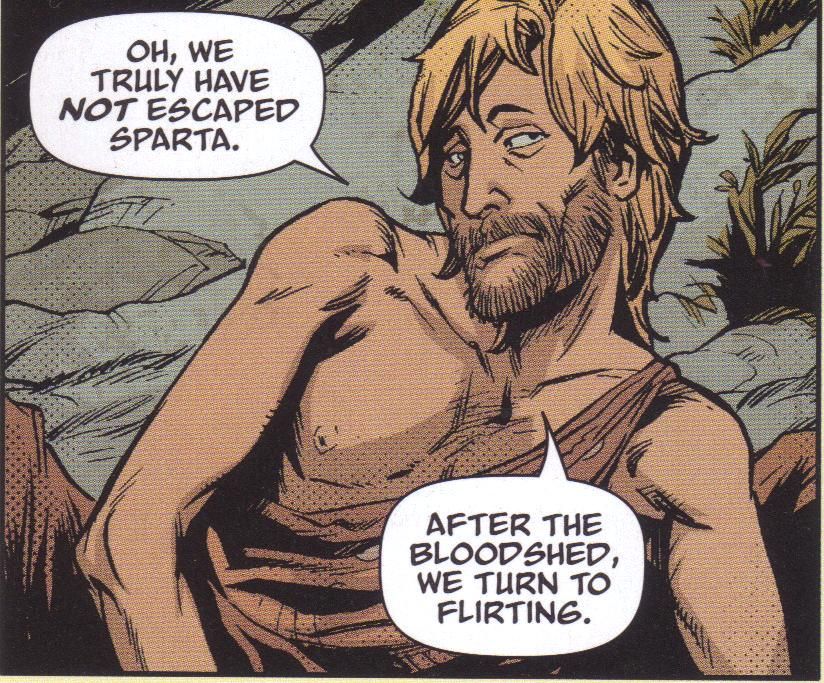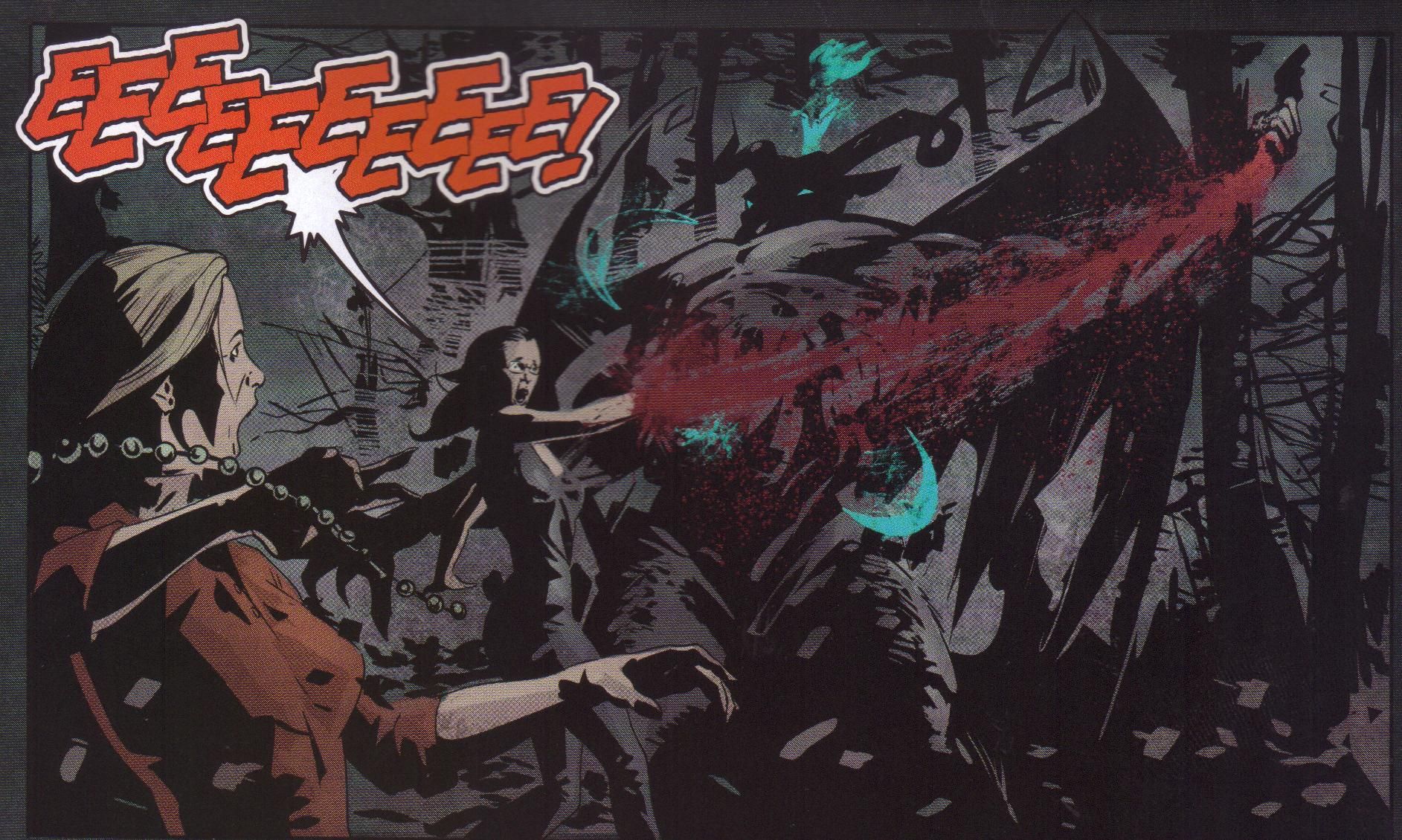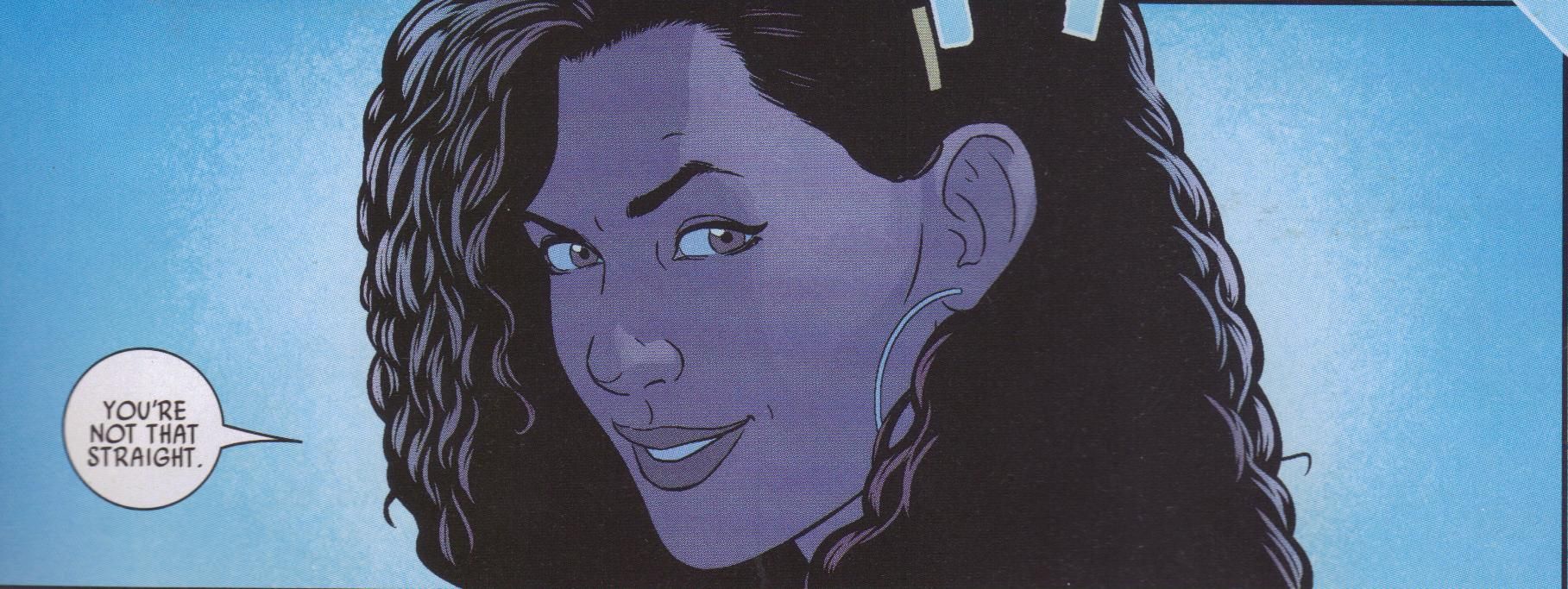we cry we laugh we feel we love we live
in the coffin of our existence and
IT IS ALWAYS TOO LATE (Tommy Trantino, from Lock the Lock)
Black Widow #1 ("Raison D'etre") by Clayton Cowles (letterer), Nathan Edmondson (writer), Phil Noto (artist), and Ellie Pyle (editor). $3.99, 20 pgs, FC, Marvel. Black Widow created by Stan Lee, Don Rico, and Don Heck.
Just because I'm grumpy about Marvel charging 4 bucks for all these new comics doesn't mean I don't want to at least check them out, and having store credit comes in handy with that, as I didn't need to spend 4 bucks for the new Black Widow. So very handy!
I like Black Widow, and I've liked some of her comics in the past, but this first issue isn't very good. It's not terrible, but it's just kind of mediocre. Edmondson is pretty clearly going for a Hawkeye vibe here, as this is what Natasha does when she's not Avenging, but because she's more hard-core than Clint, she kills people when she's not Avenging rather than hanging out being a slob. Edmondson even gives her a cat, which is a shameless attempt to make people post images on Tumblr with shit like "SO MANY FEELS" next to it. Edmondson also tries to make this overly dramatic, with Natasha going on and on about taking jobs to atone for her sins and saying dumb stuff like "No one will ever know my full story" and "If you know my name then you should know I don't play by anyone's rules." If Jason Statham said shit like that, we'd mock the screenwriter. Should we let Edmondson off the hook? Her first mission is just a random thing so she can show off her skills - it's inoffensive but completely unimportant, and the guy whose life she saves is more of a douchebag after she saves it than before, which is very odd. She probably should have saved his life and then killed him. Just for shits and giggles. (I should also point out that if Natasha doesn't want anyone to know anything about her, she should probably not leave evidence with DNA on it lying around at her jobs. I know the wig and glasses bit was supposed to be "cool," but I'm looking at it more as "Natasha leaves stuff on the floor where anyone can find it" kind of thing. Seems sloppy for a super-duper secret agent.)
Noto is a good artist, but he's still not great at action, which is too bad. He's doing a bit more sketchy style in this issue, with lighter pencil lines and a heavier reliance on coloring to fill in the blanks. It's not a bad look, and I don't know if he's doing it to keep up a schedule or if he just liked the way it looked. It's slightly more cartoonish than we've seen from Noto in the past, and it's an interesting way to do things. His colors are pretty neat, too. He uses a lot of earth tones when Natasha goes to Dubai, which he didn't need to do as she's navigating a skyscraper but which fits nicely into the desert motif and contrasts well with the earlier scene in Berlin, which was much cooler.
So Black Widow isn't that great. Edmondson has written some decent espionage books, so it's not like he's bad at it, but this is kind of inert. It's full of clichés, and while a lot of mainstream comics are full of clichés, this one really lays it on thick. Oh well.
Rating: ★ ★ ★ ★ ★ ☆ ☆ ☆ ☆ ☆
One totally Airwolf panel:
Deadpool #22 (Deadpool vs. S.H.I.E.L.D. Part 2") by Jordie Bellaire (colorist), Gerry Duggan (writer), Mike Hawthorne (artist), Brian Posehn (writer), Joe Sabino (letterer), and Jordan D. White (editor). $2.99, 20 pgs, FC, Marvel. Deadpool created by Fabian Nicieza and Rob Liefeld. Paladin created by Jim Shooter and Carmine Infantino. Paste-Pot Pete (Trapster) and Batroc the Leaper created by Stan Lee and Jack Kirby. Crossbones created by Mark Gruenwald and Kieron Dwyer. Agent Coulson created by Mark Fergus, Hawk Ostby, Art Marcum, and Matt Holloway.
So far, this arc of Deadpool is kind of weird. Thank the Flying Spaghetti Monster that it's not as bleak as the previous arc, but at the same time, it's not quite as insane as the first arc. It's settling into a better-than-average superhero book, but what makes it still a pleasure to read is that Duggan and Posehn add little touches about life in the Marvel Universe and, while the jokes don't come quite as fast and furious as they did earlier in the book, they're still pretty good: Wade is about to make a masturbation joke, but Agent Adsit cuts him off by saying Agent Coulson already made the joke (the print Coulson obviously has a better sense of humor than Clark Gregg's Coulson). And why wouldn't Adsit have Spider-Man posters in his room on the S.H.I.E.L.D. helicarrier? Deadpool is an example of what I really like about comics - the idea that these things are happening in a real place, even though Marvel New York isn't actual New York, Marvel New York is a real place, and Posehn and Duggan think about what happens there. Marvel comics back in the day did this a lot better, and even DC during its Golden Age (1986-2004) did this fairly well, with the cities where the adventures took place actually having personalities. So Deadpool fights the Preston LMD in a pizza place, and even though it's a generic pizza place, Hawthorne at least makes it look like a pizza place. Deadpool and Adsit try to ditch the people trying to kill Deadpool by ducking into a toy store, and even though they're only inside for one panel, Hawthorne makes it look like an actual (if slightly hellish) toy store. Posehn and Duggan, along with their artistic collaborators, have actually tried to make Deadpool's world a little bit more like the real world. Too often in superhero comics - even good ones - the misc-en-scene is more just sterile offices or dark alleys. As dangerous as Deadpool's New York is (it's the middle of the day in "downtown Manhattan," and assassins are just walking around trying to kill our hero), it feels like an actual place.
Anyway, this isn't the best issue of Deadpool, but it's pretty good. I'm assuming Wade's going to marry Agent Preston for some ridiculous reason, but maybe he'll marry Agent Adsit for an equally ridiculous reason. The mind reels!
Rating: ★ ★ ★ ★ ★ ★ ½ ☆ ☆ ☆
One totally Airwolf panel:
Detective Comics #27. "The Case of the Chemical Syndicate" by David Baron (colorist), Chris Eliopoulos (letterer), Bryan Hitch (artist), and Brad Meltzer (writer); "Old School" by Neal Adams (artist), Gregg Hurwitz (writer), John Kalisz (colorist), and Dave Sharpe (letterer); "Better Days" by Ian Bertram (artist), Sal Cipriano (letterer), Dave Stewart (colorist), and Peter J. Tomasi (writer); "Hero" by Taylor Esposito (letterer), Francesco Francavilla (writer/artist), and Dezi Sienty (letterer); "The Sacrifice" by Mike Barr (writer), Carlos M. Mangual (letterer), and Guillem March (artist); "Gothtopia" by Jason Fabok (artist), Jared K. Fletcher (letterer), John Layman (writer), and Tomeu Morey (colorist); "Twenty-Seven" by Matt Hollingsworth (colorist), Sean Murphy (artist), Scott Snyder (writer), and Steve Wands (letterer). $7.99, 83 pgs, FC, DC. Batman, Jim Gordon, the Penguin, the Scarecrow, and Catwoman created by Bill Finger and Bob Kane. Alfred Pennyworth, Robin, and the Joker created by Bill Finger, Jerry Robinson, and Bob Kane. Damian Wayne created by Mike Barr, Grant Morrison, and Andy Kubert. Tim Drake created by Marv Wolfman and Pat Broderick. Barbara Gordon created by Gardner Fox and Carmine Infantino. James Gordon Jr. created by Frank Miller and David Mazzucchelli. The Phantom Stranger created by John Broome and Carmine Infantino. Poison Ivy created by Robert Kanigher and Sheldon Moldoff. Harvey Bullock created by Archie Goodwin.
Less than a year after celebrating Detective's "900th" issue, DC cranks up another celebratory issue with issue #27, which is of course a famous issue in comic book history. The last time they did something like this, it was for Detective #627, and they reprinted the original "Chemical Syndicate" story, the 1960s version, and two new versions by the then-current creative teams on the two Batman books. It's time for another one, so here we go!
Well, this is going to be a mixed bag, of course, and it is. The main story is Layman and Fabok's first part of "Gothtopia," which will finish Layman's run on the title. The last time I spoke to Layman, he told me that he thought it would just be a simple 3-part story arc, but DC loved it so much that they turned it into a mini-crossover. It seems to be a bit lightweight to support a mini-crossover, but I guess DC knows what they're doing! In this installment, Batman and Selina Kyle - as "Catbird" - are lovers in a Gotham where crime has almost been eradicated thanks to Bats and his army of goofy sidekicks (J. Caleb Mozzocco really hates the various sidekicks, but I think he's off-base a bit, because they're no more ridiculous than a lot of "serious" heroes, and I think they're supposed to represent a brighter Gotham, so while they're a bit goofy, I don't think they're "fucking ridiculous," as he does), but Poison Ivy shows up to claim that things are not as they seem, and Batman begins to believe her. It's a fairly standard "villain scheme," but alternate universes are usually interesting, especially in Batman's world, because they inevitably turn out to be a better reality than the one he lives in, yet he still fights against the alternate reality (Mike Barr plays on this a bit in his story, actually). Layman's story is fairly clever, and Fabok's art is probably the best it's been on the run - whatever he does to his pencils, they look rougher and more chiseled, which adds some nuance to the work. He still has some problems, but he seems to becoming a more subtle artist, which is kind of nice.
The other stories run an interesting gamut. Meltzer and Hitch retell the first Batman story, and it's pretty terrible. Hitch's art looks very sloppy, as his "photo-realism" thing fails him at some crucial moments, including a terrible drawing of the ladycop with Gordon and her reaction to seeing Batman for the first time. I generally like Hitch, but he's not a good Batman artist, especially when he draws this Bat-costume, as the boots he draws make Bruce look like he's heading out to the gay disco right after the case. It's been a while since I've read a Meltzer comic, but I have to ask readers of his novels: Is he as bad a prose writer as he is a comics writer? Maybe the reason he's a good prose writer is the reason he's a terrible comics writer? I mean, Jeebus, the entire story is Batman narrating "Why do I do this?" bullshit, and it's as crappy as you might expect. "I do it because I'm good at puzzles." "I do it because people are animals." "I do it because it secretly thrills me." "I do it because it masks my pain." You get the fucking idea. It's awful, and Meltzer never lets up with it, either. The story is 15 pages long, and Batman says "I do it because ..." and then some inane reason FORTY-THREE times. Meltzer should be arrested for that abuse. Plus, the case is just dull. The original story wasn't great, but in SIX PAGES Bill Finger managed to get at least some misdirection about the killer, something Meltzer ignores so that he can have Batman kick out a glass door in a deathtrap while the murderer stands right there looking at him instead of running. And really, if Batman isn't going to say "A fitting end for his kind," then what the fuck am I even doing here?
Hurwitz's story about Batman through the ages is mildly funny and lets Adams show off a bit, as he alters his style to fit the era in which Batman is currently working, and the idea of villains being able to read thought balloons is a good gag. Adams's trashing/appreciation for Frank Miller's work on Batman is interesting, too. Tomasi's story about Bruce Wayne turning 75 is decent enough, and while Ian Bertram's cartooning skills are a bit too over-the-top in some places, he does a really nice, expressive job with the action scenes. Francavilla drawing Batman is always nice to see, although this isn't "Batman 1972," so clearly someone at DC still isn't paying attention to the golden goose of 2014. Mike Barr's story, in which the Phantom Stranger offers Bruce a look at his life if his parents hadn't died, offends me a bit, and that's kind of annoying. The idea that Thomas and Martha Wayne had to die so that Batman could live isn't a new one, but the implication that life is so deterministic is somehow offensive. We've always been told that the Waynes were super-duper, and that Gotham was a relatively good place until Park Row turned into Crime Alley, so maybe the city wouldn't have descended into a hellhole had the Waynes not been killed. I don't know - it just seems dumb to think that if the Waynes had lived, a tide of evil would have washed over Gotham and the world. Finally, Scott Snyder writes a story for Sean Murphy to draw. And draw it he does, very nicely.
I certainly don't mind the 8-dollar price tag for a book with 83 pages of story and several pin-ups (although the pin-ups aren't that great). It's nice to get some strong creators on it, although it's strange that the most distinctive story, visually, is Bertram's, as he's not a big name at all. It's not a great issue, but it's one of those things that DC does well - tell stories about their major characters that you can enjoy just for the heck of it, without worrying that it's ever going to "matter." Obviously, Layman's story is part of the bigger picture, which is why it would have been nice to skip that sort of thing in this issue, but it's still nice that DC can pull out the stops when they feel like it. If only they had lost Brad Meltzer's number!
Rating: ★ ★ ★ ★ ★ ★ ☆ ☆ ☆ ☆
One totally Airwolf panel:
Elephantmen #53 ("Picking Up the Pieces Part 3 of 5: The Hand That Wounds") by Axel Medellin (artist) and Richard Starkings (writer). $3.99, 25 pgs, FC, Image.
One of the nice things about Elephantmen is that Starkings doesn't feel the need to rush anything. Things move relatively slowly in the Elephantmen-verse, which might be frustrating were it not for the fact that Starkings taking his time with the big plot means that he can focus on a lot of things that make the world interesting, which is why this Los Angeles and the characters in it feel so fully realized. The assassin from last issue is in the hospital, and she's not interested in cooperating with Hip Flask and Farrell. Starkings moves the plot along only incrementally in this issue, as the Big Bads from Mappo come to visit Lydia to let her know that they're not in a position to help her. We've all seen this scene before - the killer fails and is in police custody, but the evil organization the killer works for has such a long reach that they kill the killer before the killer can reveal anything. So that's not surprising. But that's not really the point of the issue. Starkings is as interested in Farrell as he is in the overall plot, so in this issue, he delves a bit more into Farrell's psychosis, as he explains to Hip who Scarlet is (although he leaves some things out) and shows that he's not really all that well. It's a nice look into his mind, but also into Hip's mind, as he understands obsession with a woman very well, as all the hybrids are obsessed with Sahara. Then Starkings twists the tale a bit at the end, which is pretty neat, as it opens up the idea that Hip himself isn't too mentally sound. So while the main plot is moving along, Starkings adds this nice character development so that the main plot, while important, gains some emotional heft through the revelations about the characters.
Medellin does some interesting things with the artwork, notably in the flashback to Farrell and Scarlet's affair. When they first meet, he places them along on a vast floor that stretches to a infinite haze, which shows how smitten Farrell is with her, as he doesn't even recognize anything else in the room. Then Medellin pulls in to show that they're really in a crowded room, but the effect is cleverly done. I don't love the double-page spread of Scarlet sitting on a bridge, because the background looks a bit too computer-generated, but Medellin lights it quite well to evoke both their first meeting and a feeling of time gone by, which is relevant because this is where the relationship ended, and we're still not clear how it did end. It's a good mood by Medellin.
Issues like this are a reason why Elephantmen is such a good comic. Starkings is using the comic to explore so much more than just a grand plot, so even a quieter issue like this one (yes, it features dinosaurs, but it's still a quieter issue) adds a nice puzzle piece to the overall story. So that's neat.
Rating: ★ ★ ★ ★ ★ ★ ★ ☆ ☆ ☆
One totally Airwolf panel:
Fatale #19 by Elizabeth Breitweiser (colorist), Ed Brubaker (writer), and Sean Phillips (artist). $3.50, 24 pgs, FC, Image.
Brubaker connects the two threads of Fatale nicely in this latest issue, as we catch up with Nick and how he's connected to the Seattle story arc that's been the main plot for five issues. Brubaker has always been a clever plotter, and it's nice that he linked the two plots up, because he really couldn't come any closer to the "present" without running into Nick's story, so he didn't try. Instead, he shows us quite a bit about Josephine and her issues, which presumably will become more important as we settle down again in the present. This issue is a bit bloody, but it shows Josephine taking more control than we've seen in a while, and Brubaker shows us more of her complexity, as she's still not completely in control of herself but still tries to do the right thing. She's becoming a more interesting character, which is nice as the book is, after all, called Fatale.
There's not much to say about Phillips, because he's so good. He can make the mundane so horrible that when he gets to the horrible stuff, it's really terrifying, and that's what we get here, as we think the killer is a terrible person but then we get to the other bad guy, and he's even worse. I'm not sure if it's Breitweiser's colors or if Phillips is being a bit more deliberate, but Josephine has become a sharper presence in the book, which I think works quite well - she's in a world of murkiness, but she usually stays clean and precise. When she does descend, it's a bit more shocking, and I'm not sure if that's what Phillips is going for, but it still works.
I'm keen to see if Brubaker will begin wrapping this up, not because I want the series to end, but because I know he started with a much smaller scope and I wonder if he's reached a point he thought he was going to reach. Fatale contines to be fantastic, though, so he and Phillips can take their time, for all I care! (Well, gosh - I just read the news out of the Image Expo that the book will finish with issue #24. I guess that answers my questions!)
Rating: ★ ★ ★ ★ ★ ★ ★ ★ ☆ ☆
One totally Airwolf panel:
Manifest Destiny #3 by Pat Brosseau (letterer), Chris Dingess (writer), Owen Gieni (colorist), Matthew Roberts (artist), and Sean Mackiewicz (editor). $2.99, 20 pgs, FC, Image.
Dingess and Roberts continue to bring us one of the more impressive new series, as Manifest Destiny introduces Sacagawea on the last page, but before we get to her, Lewis and Clark still have to deal with the strange creatures they found in La Charette. They aren't quite zombies, even though they're humans who are no longer alive - they're more like Swamp Things, and our intrepid explorers are assisted in fighting them off by the survivors in the town, who explain how so many of their number came to be infected in such a groady way. As we've seen from the first two issues, Dingess is cleverly hewing close to the expedition's actual route and purpose while still telling a good horror story, and the idea that the American West is full of strange things is really how the explorers felt, although in our world the strange things weren't half-man, half-buffalo creatures and zombie-making plants. Still, it's a clever way to express the fear of the unknown that surely must have been prevalent in the expedition. Plus, it's exciting.
Roberts and Gieni do another stellar job on art, with Roberts using starker pencils on the flashback portion of the book and Gieni helping him out by coloring it in beige, so that the green of the infection stands out a bit more. It's very nicely done, especially the one panel where the people gradually turn into monsters. It's a fairly gruesome comic so far, but Roberts is doing a nice job giving the characters distinctive looks and realistic reactions to what they've encountered, which helps humanize them more and bring the horror home a bit more. He, Gieni, and Dingess are working together really well, which is pretty keen.
I doubt if you'll be disappointed by Manifest Destiny, so give it a try! Put down that issue - you know, that critically-adored one - and pick this up instead!
Rating: ★ ★ ★ ★ ★ ★ ★ ½ ☆ ☆
One totally Airwolf panel:
Morning Glories #36 by Joe Eisma (artist), Paul Little (colorist), Johnny Lowe (letterer), and Nick Spencer (writer). $3.50, 20 pgs, FC, Image.
It's kind of strange to get a "normal-sized" issue of Morning Glories - the last few have been relatively normal-sized, but they were also shipping twice a month, so we went the entire month of December without an issue, and now the first one of the new year - which I think returns us to a monthly schedule - is 20 pages, which feels light when you consider that Spencer often gave poor Joe Eisma 30+ pages to draw. Now that poor Joe Eisma's will has been broken by double-shipping, Spencer has taken pity on him and gives him a relatively slight issue to draw. That Nick Spencer - he's a prince!
On their latest podcast, Al and Paul discuss Morning Glories briefly, and one of them (I can't remember which) doesn't read it, while the other (I can't remember which) is not as enthusiastic about it as he once was (sorry I can't remember, gentlemen!). I'm kind of in the same boat. Two years ago, Spencer and Eisma had a dynamite year, with Spencer building on the early, weird issues to really ramp up the action. Then he brought in the new students, and things got even stranger, and not always in a good way. Spencer seems to have lost some focus, although if you read the end notes, it's clear he still has things that happened a long time ago in mind and is building on that, but it's still all over the map a bit. It's tough reading issue-by-issue, and I imagine even trade-by-trade is kind of annoying. Each issue is intriguing enough that I don't want to drop the book, but at the same time, it's clear that each issue is a tiny part of the whole, so what's the point of writing about it? It's vexing, because, as in this issue, Spencer does a really nice job leading to the final reveal, but that seems to be the point of the entire issue, and was it really worth it? As part of a large tapestry, probably, but not in the context of one issue. Gah, this book annoys me sometimes.
Anyway, it's Morning Glories. Mysteries on top of coincidences on top of riddles. You know the drill!
Rating: ★ ★ ★ ★ ★ ★ ½ ☆ ☆ ☆
One totally Airwolf panel:
Protocol: Orphans #3 (of 4) by Deron Bennett (letterer), Gabriel Cassata (colorist), Mariano Navarro (artist), Michael Alan Nelson (writer), Alex Galer (assistant editor), and Eric Harburn (editor). $3.99, 22 pgs, FC, Boom! Studios. Protocol: Orphans created by Peter Facinelli and Rob DeFranco.
This series continues on its merry way, in pretty much the way you'd expect it to - there's a horrible event coming, nothing is as it seems, there's a betrayal, there's lot of action and some humor - but it's inoffensive enough. Nelson can write some interesting stuff, but I assume here he's just a hired gun to provide the template of a screenplay, and while that sort of thing annoys me, the fact that Navarro is a more cartoonish artist and not "casting" actors as the characters makes this less egregious. Plus, I like action spy thrillers, so this is kind of my thing. I don't know if I can really recommend it, but to be fair, it is more fun than Black Widow. So there's that.
Rating: ★ ★ ★ ★ ★ ★ ☆ ☆ ☆ ☆
One totally Airwolf panel:
Rogues! #6 ("The Cleansing Part 4 of 4"/"Lumper and Flea Part 3 of 3") by Diego Galindo (artist, "Cleansing"), Mario Larra (artist, "Lumper"), Malaka Studio (letterer), Ian Sarnago (writer, "Lumper"), El Torres (writer, "Cleansing"), and Richard Boom (editor). $3.99, 24 pgs, FC, Amigo Comics.
Hey, didn't I already review this? Let's see ... oh, there it is. Now that it's done, I hope there's a nice trade so Travis Pelkie can buy it. In the meantime, I hope the next volume gets going soon. It looks and sounds pretty cool.
Rating: ★ ★ ★ ★ ★ ★ ★ ½ ☆ ☆
One totally Airwolf panel:
Scooby-Doo Team-Up #2 ("Who's Scared?") by Dario Brizuela (artist), Sholly Fisch (writer), Heroic Age (colorist), Saida Temofonte (letterer), Jessica Chen (assistant editor), and Kristy Quinn (editor). $2.99, 20 pgs, FC, DC. Batman and the Scarecrow created by Bill Finger and Bob Kane. Robin created by Jerry Robinson, Bill Finger, and Bob Kane. Scooby-Doo, Norville Rogers, Fred Jones, Daphne Blake and Velma Dinkley created by Joe Ruby and Ken Spears. Roy Raymond created by Ruben Moreira. Dr. Thirteen created by Leonard Starr. Slam Bradley created by Malcolm Wheeler-Nicholson, Jerry Siegel, and Joe Shuster. Ace the Bat-Hound created by Bill Finger and Sheldon Moldoff. Jason Bard created by Frank Robbins. Kaye Daye created by Ed Herron.
I wasn't blown away by the first issue of this book, but I figured I'd give it another chance. It's still a charming comic, but I think I'm done. I mean, Fisch is a funny writer, so there's some nice gags in here (the way Fred cuts to the chase, Gotham's strange weather), but the stories are still pretty slight. Brizuela is perfectly fine, but like the stories, his art seems lighter than air, like a strong breeze will blow it away. He matches the animated style of Scooby-Doo very well, but he barely fills in backgrounds, which gives the book a very isolated feel, as if everyone is in a void somewhere. Of course, I don't expect deep stories, but the first two issues have been even slighter than I thought they would be, and it's a bit disappointing. I don't hate this comic, but unlike a lot of the old "Johnny DC" books, this is definitely more for kids. Even with the few good jokes (seriously, the Gotham weather one is awesome), it's not enough.
(Although it's a sad world where the only place we can find Slam Bradley or Jason Bard or even the other detectives I'm unfamiliar with - Kaye Daye, Fashion Detective! - is in this comic. I wish DC would let writers do a one-off starring a non-Batman Gotham detective in Detective Comics every once in a while. That would be coolio.)
Rating: ★ ★ ★ ★ ★ ★ ☆ ☆ ☆ ☆
One totally Airwolf panel:
Three #4 (of 5) by Jordie Bellaire (colorist), Clayton Cowles (letterer), Kieron Gillen (writer), and Ryan Kelly (artist). $2.99, 25 pgs, FC, Image.
Three hurtles toward its conclusion, and while it kind of has to end in only one way, it's been interesting getting there. Gillen once again shows us what tools the Spartans were, and Kelly's pencils are wonderful, but there's always a problem with shortform stories when the ending is inevitable. Gillen doesn't really have enough time for us to get to know or care about all the characters, so while we get some death in this issue, it doesn't have a huge impact because we know very little about the people dying. When you have an event where we know the ending, it becomes much more important for us to care about the characters. Nobody went to see Titanic because they wondered what happened to the boat. They went because they loved the characters (the "characters" in this case being Kate Winslett's boobs). Gillen does a solid job with leading us to the point he needs to reach, but it's tough for him to make it as powerful as he can. In fact, I think I like the discussion he has with Professor Stephen Hodkinson of the University of Nottingham in the back of the issues a little more than the actual issues. Yes, I'm a history geek, so that's not surprising, but both Gillen and Hodkinson can be a bit more in-depth about the way Spartan society functioned in the 4th century BCE, and that's pretty fascinating. Gillen can't really get into this in the course of the series, because nobody would buy the comic, but it's still very interesting. We get more about Aristodemos in the backmatter than we do in the actual comic, and his situation is far more complex than the way Gillen writes him in the comic. He just doesn't have the time for it.
So Three is a strange book, but one that I'm glad Gillen wrote, because it's always interesting to see different kinds of stories in comics, and there's never a bad time for Kelly's artwork. That's a key point!
Rating: ★ ★ ★ ★ ★ ★ ½ ☆ ☆ ☆
One totally Airwolf panel:
The Westwood Witches #4 (of 4) by Ángel Hernández (artist), Malaka Studio (letterer), Esther Sanz (colorist), El Torres (writer), and Richard Book (consulting editor). $3.99, 26 pgs, FC, Amigo Comics.
Here's another book I already reviewed, in the same post where I reviewed Rogues! This is quite an interesting book, with a lot of twists, some of which are obvious, but others of which aren't. I don't want to give too much away, but El Torres writes really neat horror stories, and this is one of them. It's hindered a bit by the artistic changes, as three different pencillers worked on it, but not as much as you might think. This is another trade that will probably be a good buy, if and when it shows up.
Rating: ★ ★ ★ ★ ★ ★ ★ ½ ☆ ☆
One totally Airwolf panel:
Young Avengers #15 ("Resolution Part 2 of 2") by Jordie Bellaire (colorist), Becky Cloonan (artist), Clayton Cowles (letterer), Ming Doyle (artist), Kieron Gillen (writer), Jamie McKelvie (artist), Joe Quinones (artist), Maris Wicks (colorist), Matthew Wilson (colorist), Jon Moison (assistant editor), and Lauren Sankovitch (editor). $2.99, 20 pgs, FC, Marvel. Kate Bishop, Billy Kaplan, Teddy Altman, Tommy Shepherd, and Patriot created by Allan Heinberg and Jim Cheung. Noh-Varr created by Grant Morrison and J. G. Jones. America Chavez created by Joe Casey and Nick Dragotta. David Alleyne created by Nunzio DeFilippis, Christina Weir, and Keron Grant. Loki created by Stan Lee, Larry Lieber, and Jack Kirby. Broo created by Christos Gage and Juan Bobillo.
Gillen resolves pretty much everything, which is nice, although the biggest flaw in the book - Miss America - remains, and that's too bad. For the most part, however, Gillen gives us excellent characterization, from Noh-Varr's navel-gazing to Loki and David's quasi-flirting. Gillen, I think earns the ending, which is charming and sentimental without being obnoxious. It's pretty cool that he doesn't do anything apocalyptic with the team; as I've mentioned before, this is kind of the anti-team book, so while some title cancellations come with a huge shake-up in the status quo, Gillen just sends them out to breakfast. This kind of comic is what Gillen does best, and it's cool that he and McKelvie were able to end it like this.
Young Avengers may not be the future of superhero comics, but it's a damned fine 15-issue story, and it's really a tribute to Marvel that they're allowing creators to do stuff like this. You might not like Young Avengers, and that's fine; I might not love Hawkeye, and that's fine too. But Marvel is allowing the creators to tell interesting stories, and that's very cool. More of this, Marvel! You can do it!
Rating: ★ ★ ★ ★ ★ ★ ★ ½ ☆ ☆
One totally Airwolf panel:
Bugged by Rich Bernatovech (writer) and Teyo (artist). $12.99, 96 pgs, FC, Drumfish Productions.
Dude meets talking cockroach? Sure, why not?
The Complete Multiple Warheads by Brandon Graham (writer/artist). $17.99, 230, FC & BW, Image.
Brandon Graham is crazy in all the right ways.
Pang the Wandering Shaolin Monk volume 2: Winter Worm, Summer Grass by Ben Costa (writer/artist). $19.95, 172 pgs, FC, Iron Crotch University Press.
I enjoyed volume 1, so let's see about volume 2!
**********
It's kind of doldrummy time, so I have nothing really to say. The Eagles' season ended last weekend, but it was still a good year. The ACA kicked off and the world didn't end, although I'm sure it's coming and then we'll all be sorry. My daughter got a new cast on her leg that she'll have for the next two weeks at least. Why does she have a cast? Because her father broke her tibia! Yeah, I suck. It's not very cold here - the highs are in the low 60s - so I feel really bad for pretty much everyone else in the country, because I've lived through soul-sucking cold before - maybe not quite as bad as it's been recently - and it really sucks. Fret not, though - when you're enjoying cooler temperatures in the spring and autumn, it will still be well above 100 degrees here. And at least this proves that global warming doesn't exist, right?
Let's check out the Ten Most Recent Songs on My iPod (Which Is Always on Shuffle):
1. "Dr. Heckyll & Mr. Jive" - Men at Work (1983) "Not long now 'til the ultimate experiment, he's breaking all the rules"
2. "Don't Stop Believin'" - Journey (1981) "Everybody wants a thrill - paying anything to roll the dice just one more time"
3. "Life in the Gladhouse" - Modern English (1982) "Broken engagements and twisted faith; growing up and then just growing older"
4. "Common People" - Pulp (1995) "I said pretend you've got no money, she just laughed and said oh you're so funny, I said yeah? well I can't see anyone else smiling in here"
5. "Leave My Body" - Florence + the Machine (2011) "I don't want your future, I don't need your past"
6. "I Melt With You" - Modern English (1982) "I made a pilgrimage to save this human's race, never comprehending the race had long gone by"
7. "Sun King" - The Cult (1989) "Time was wasted 'cause it's gone too fast"
8. "The Sick Bed of Cuchulainn" - Pogues (1985) "They took you up to midnight mass and left you in the lurch so you dropped a button in the plate and spewed up in the church"
9. "Cheap Knockoff" - Love Me Nots (2011)
10. "Magic Bus" - The Who (1968) "Thank you, driver, for getting me here - you'll be an inspector, have no fear"
Have a grand weekend, everyone. Stay warm!

